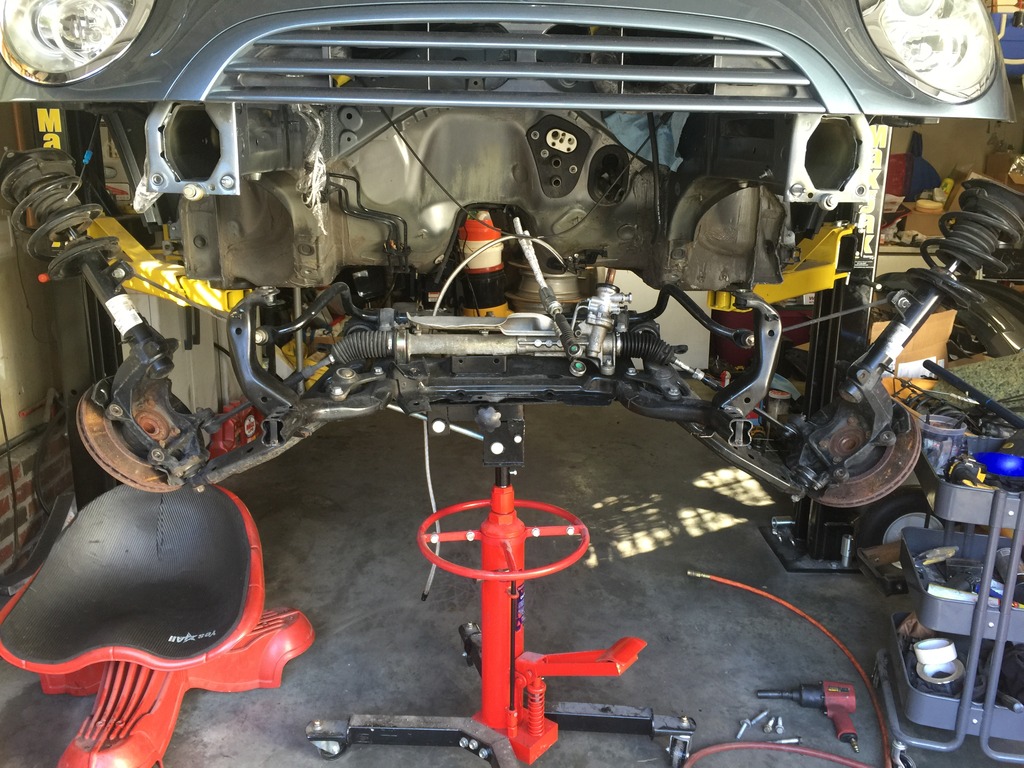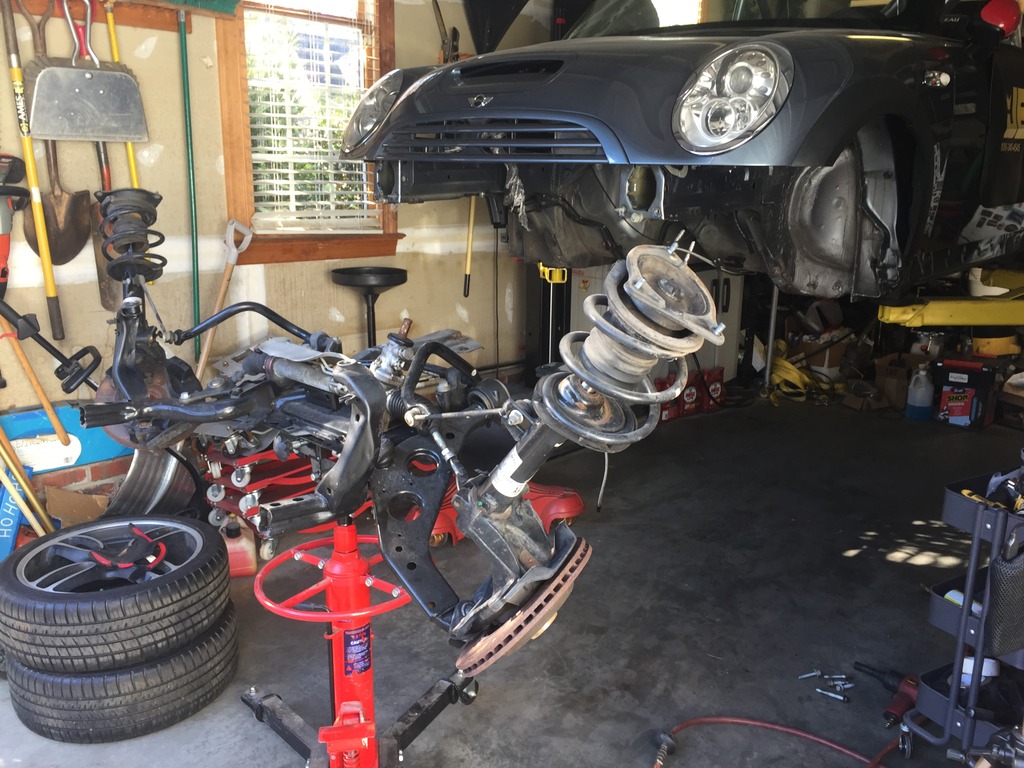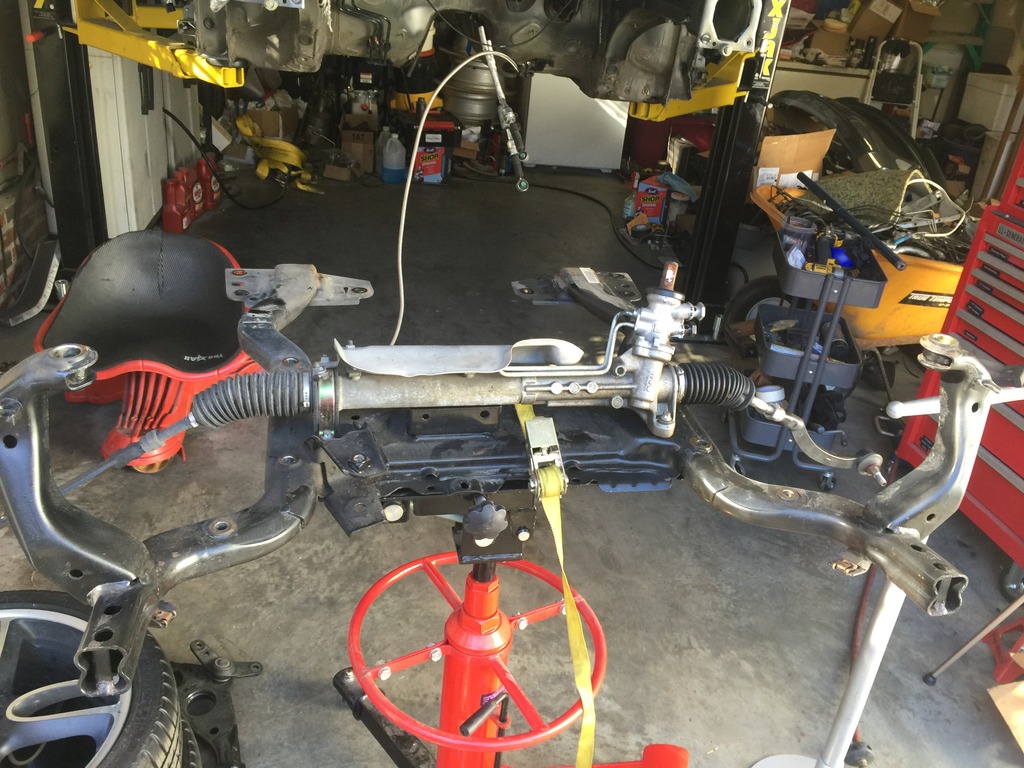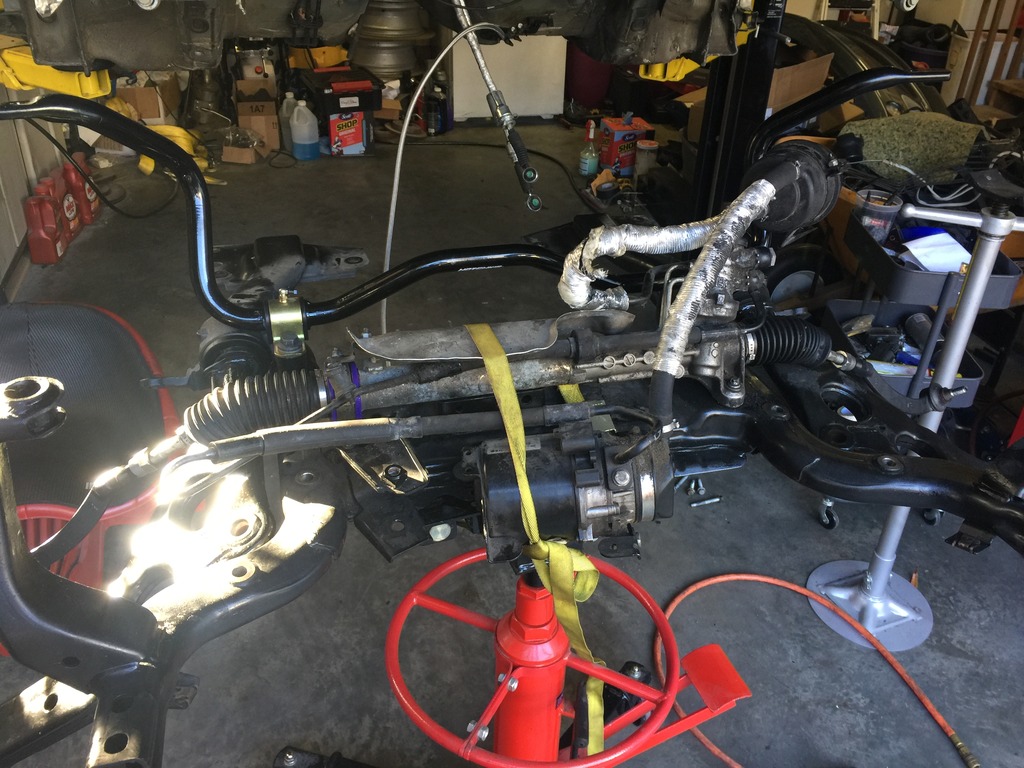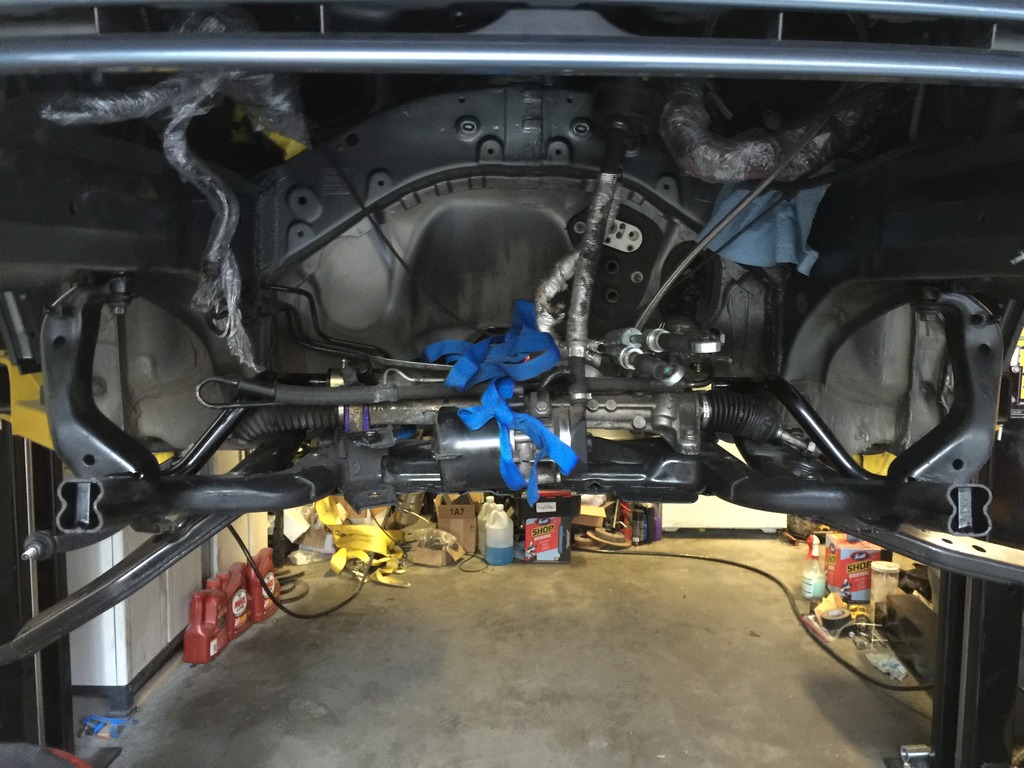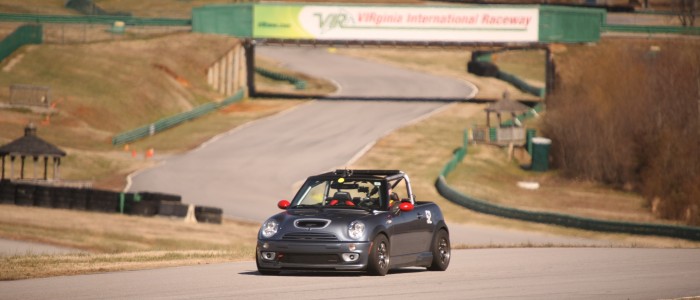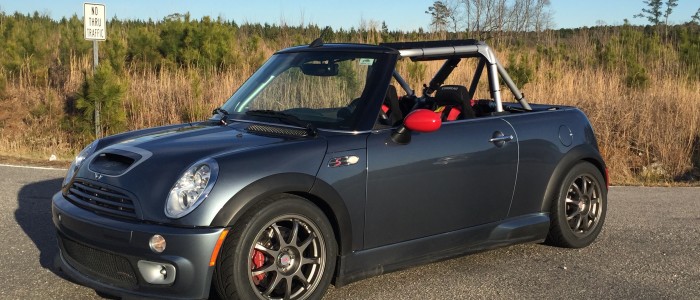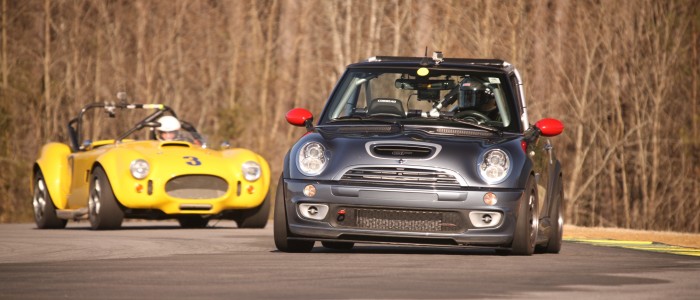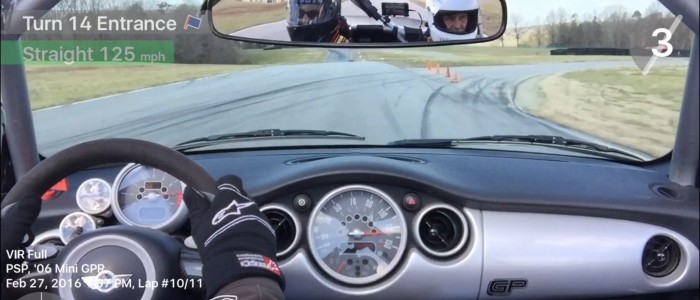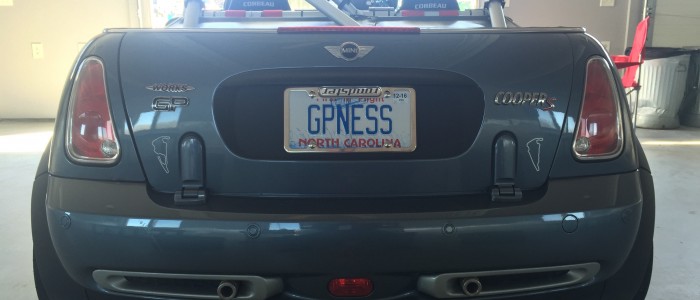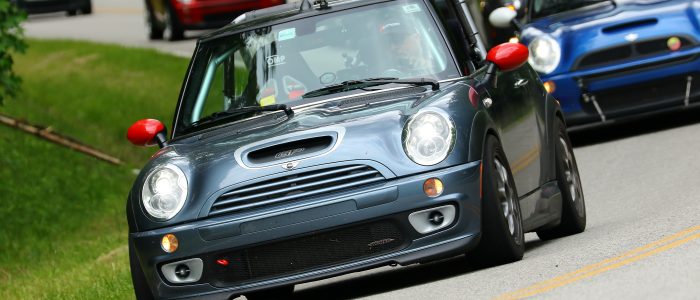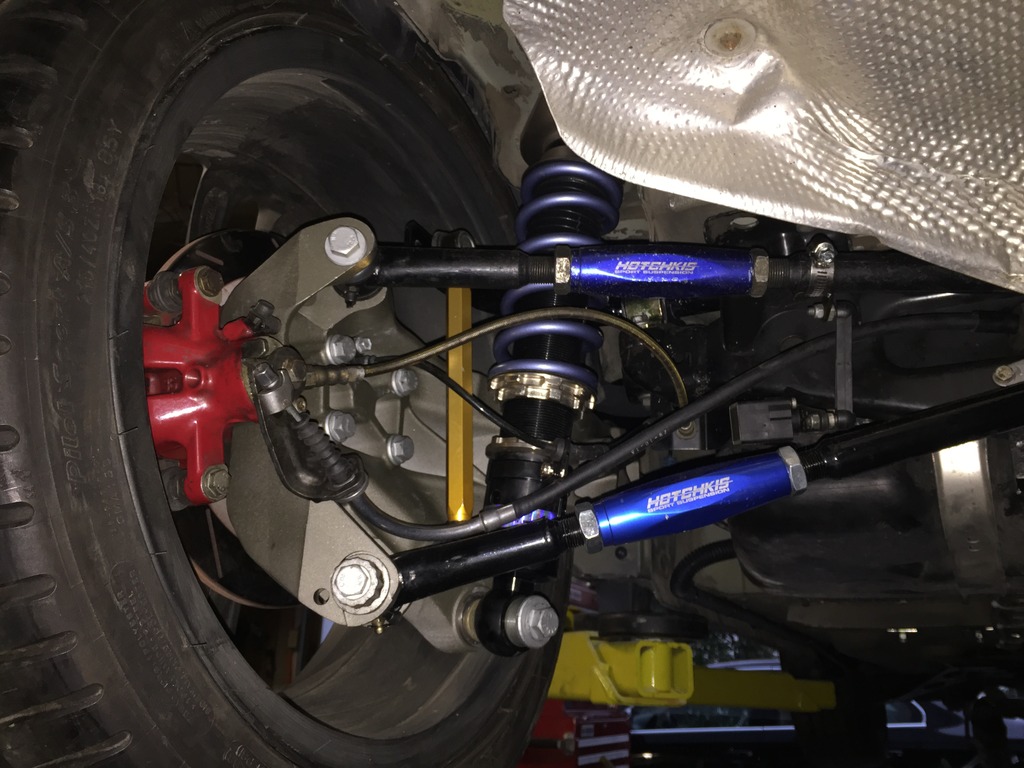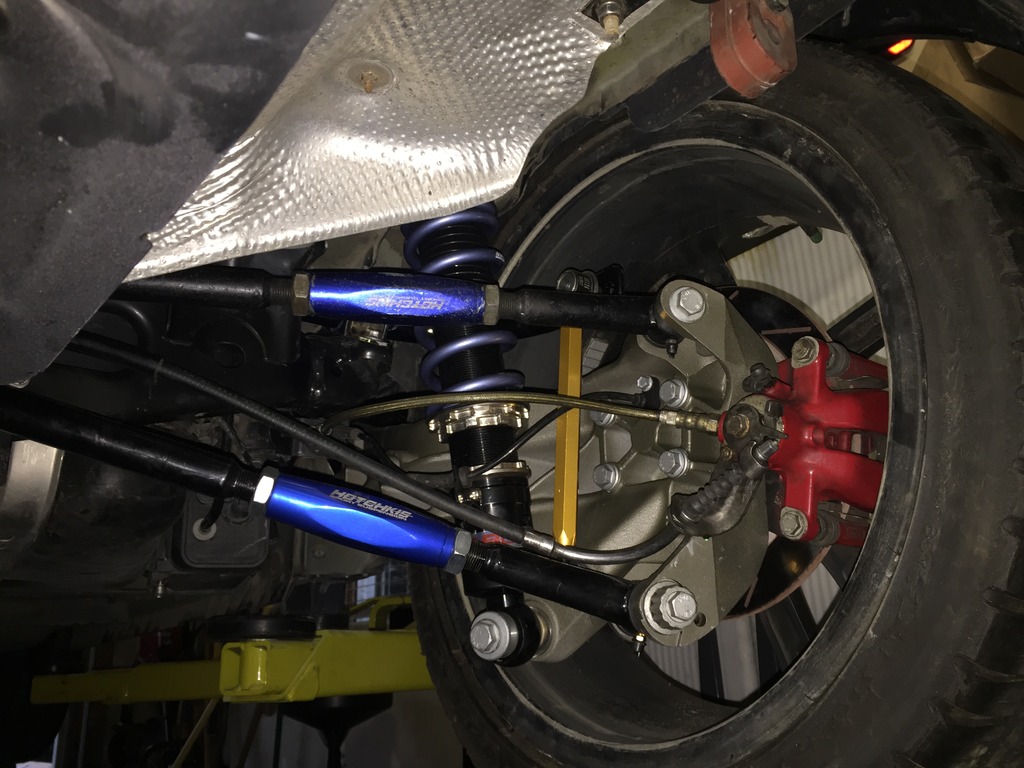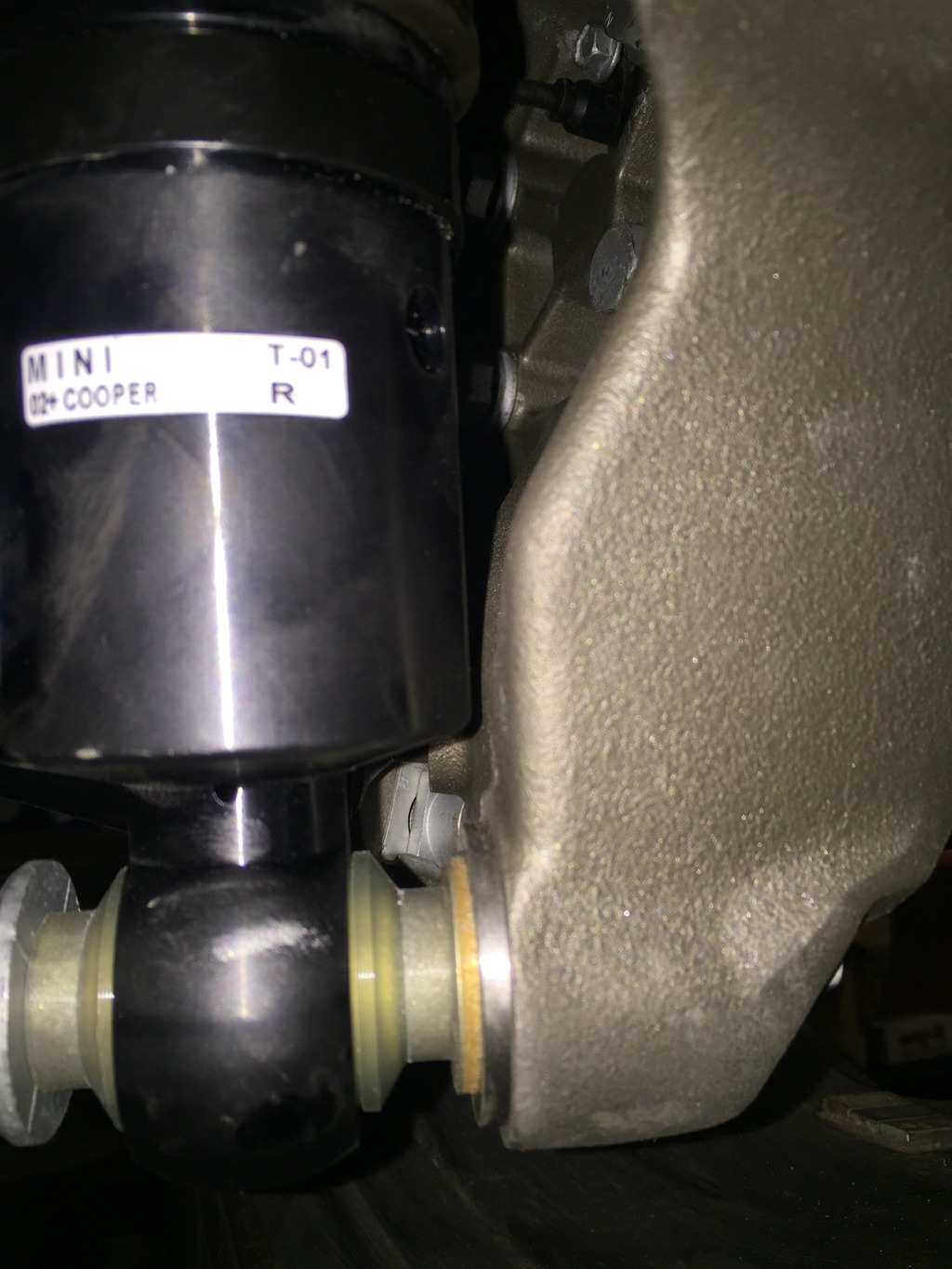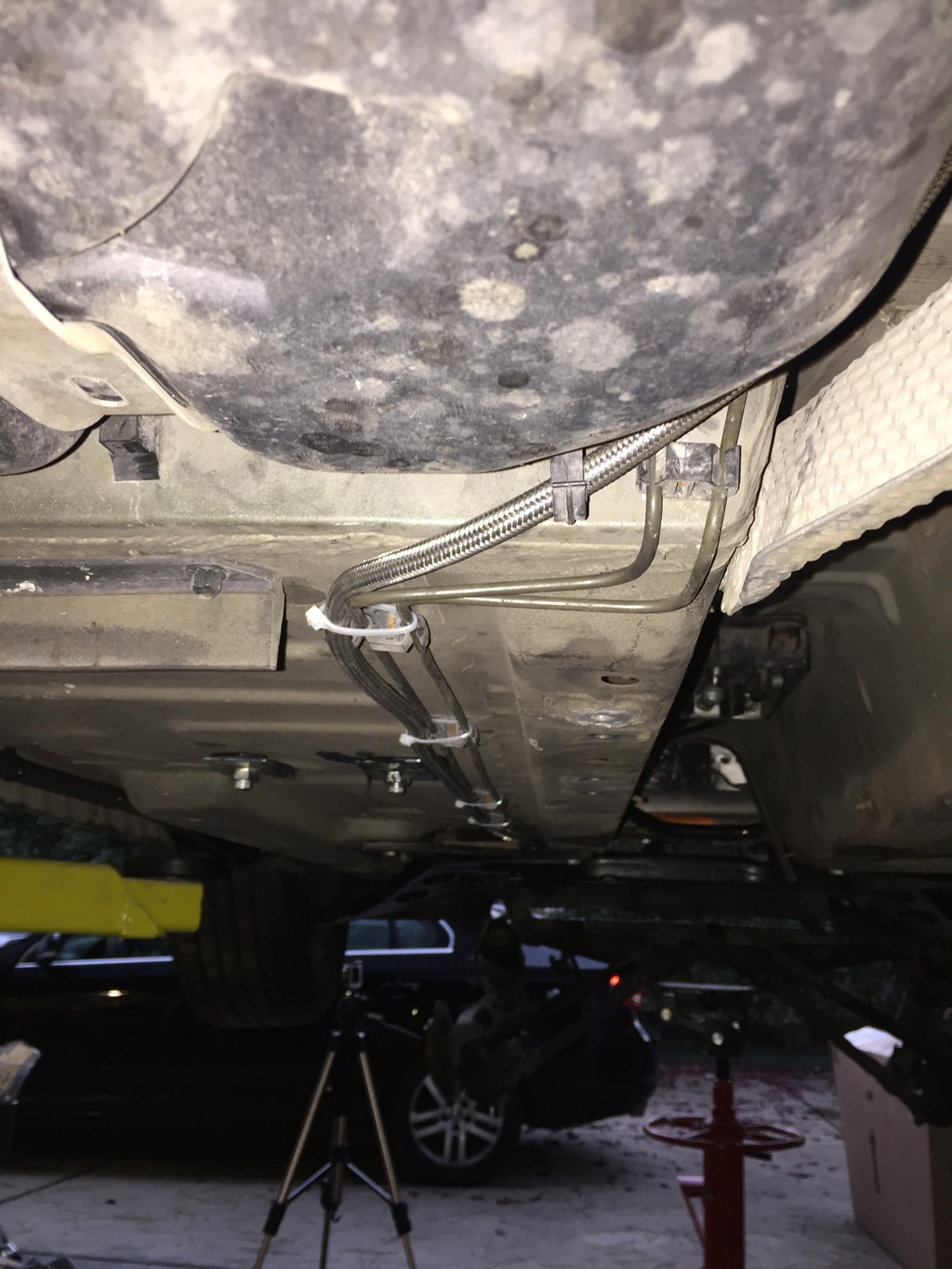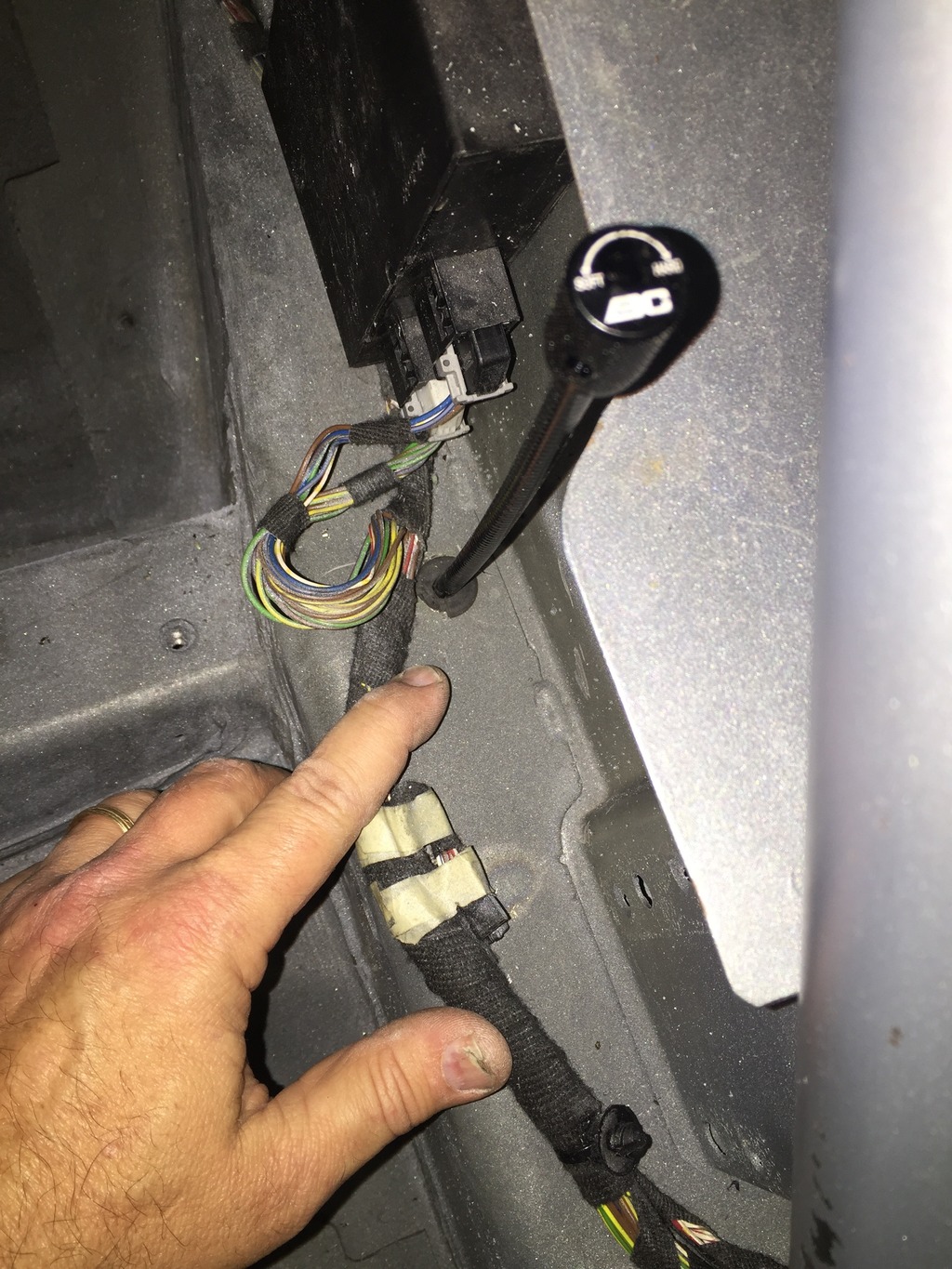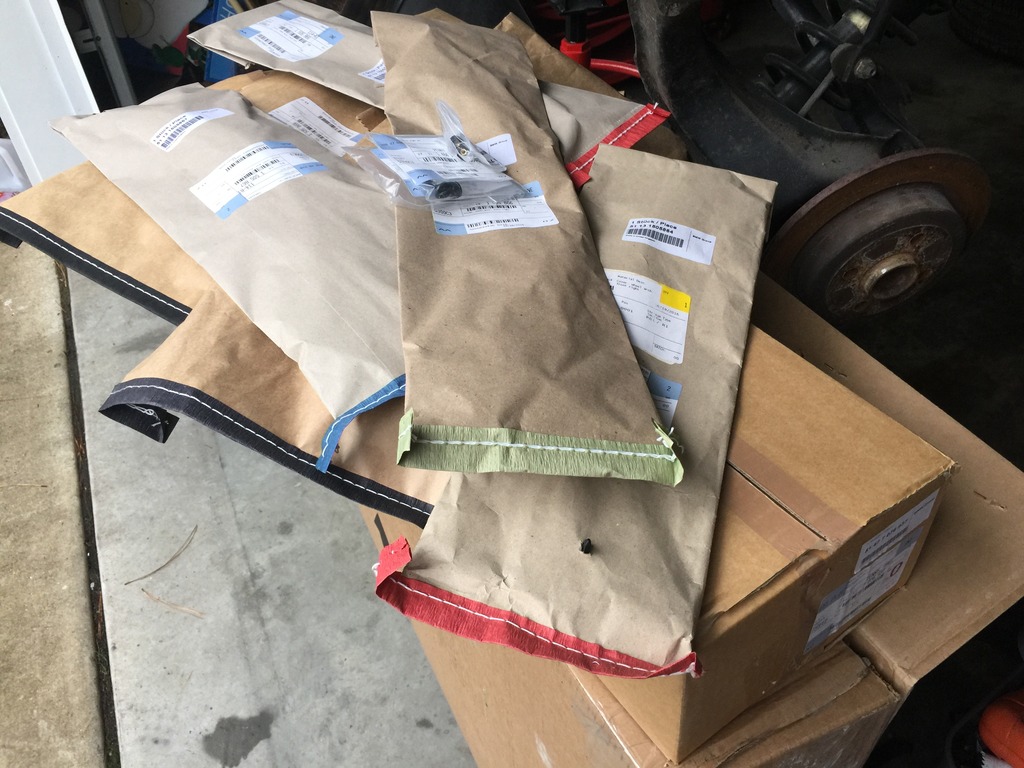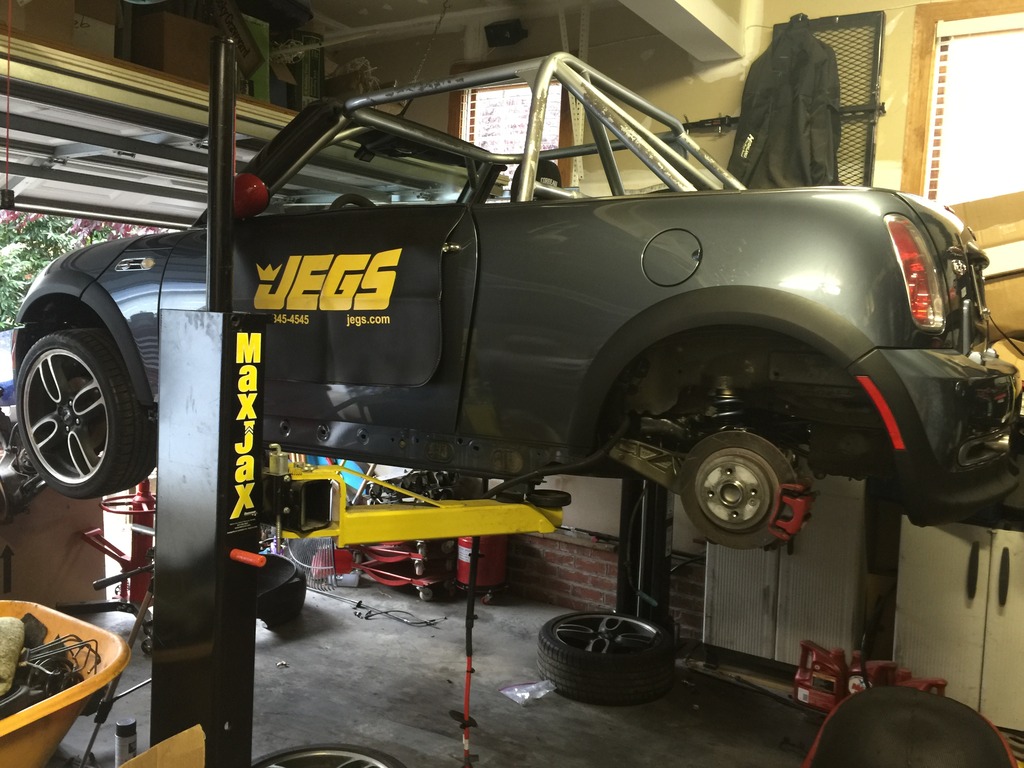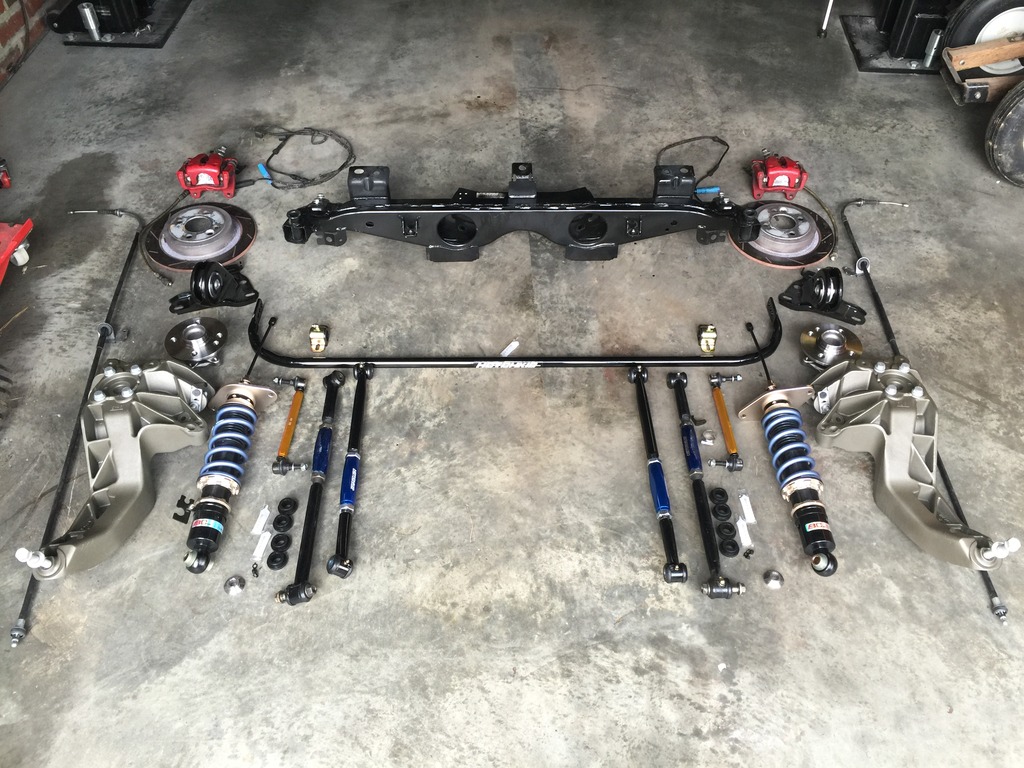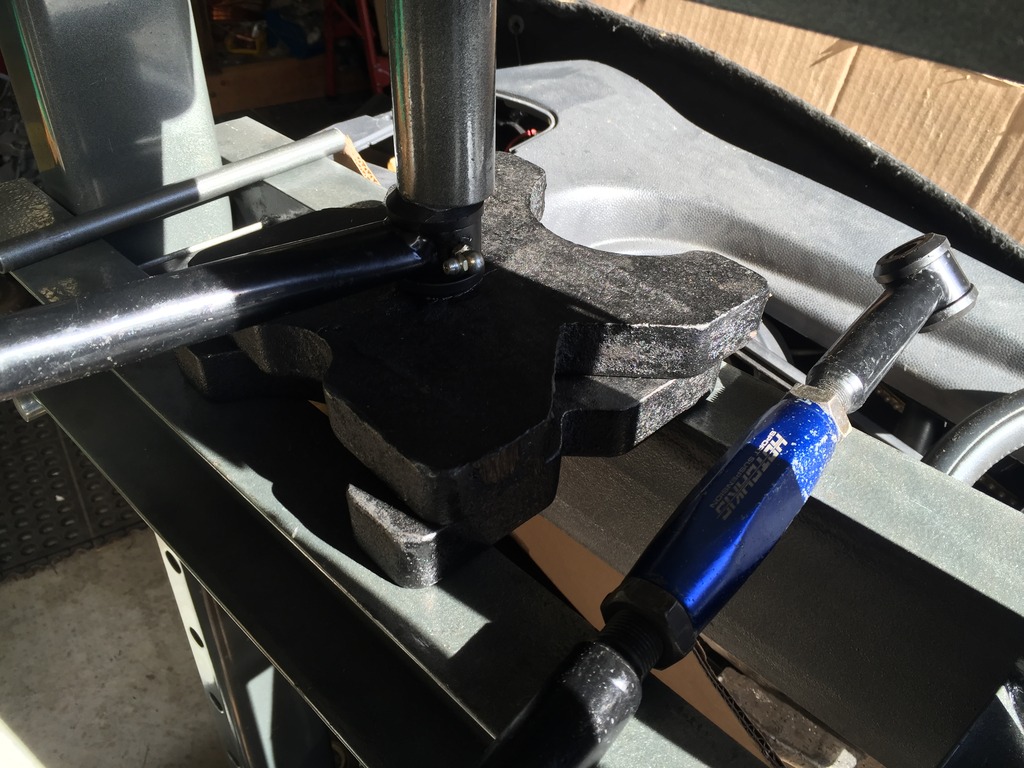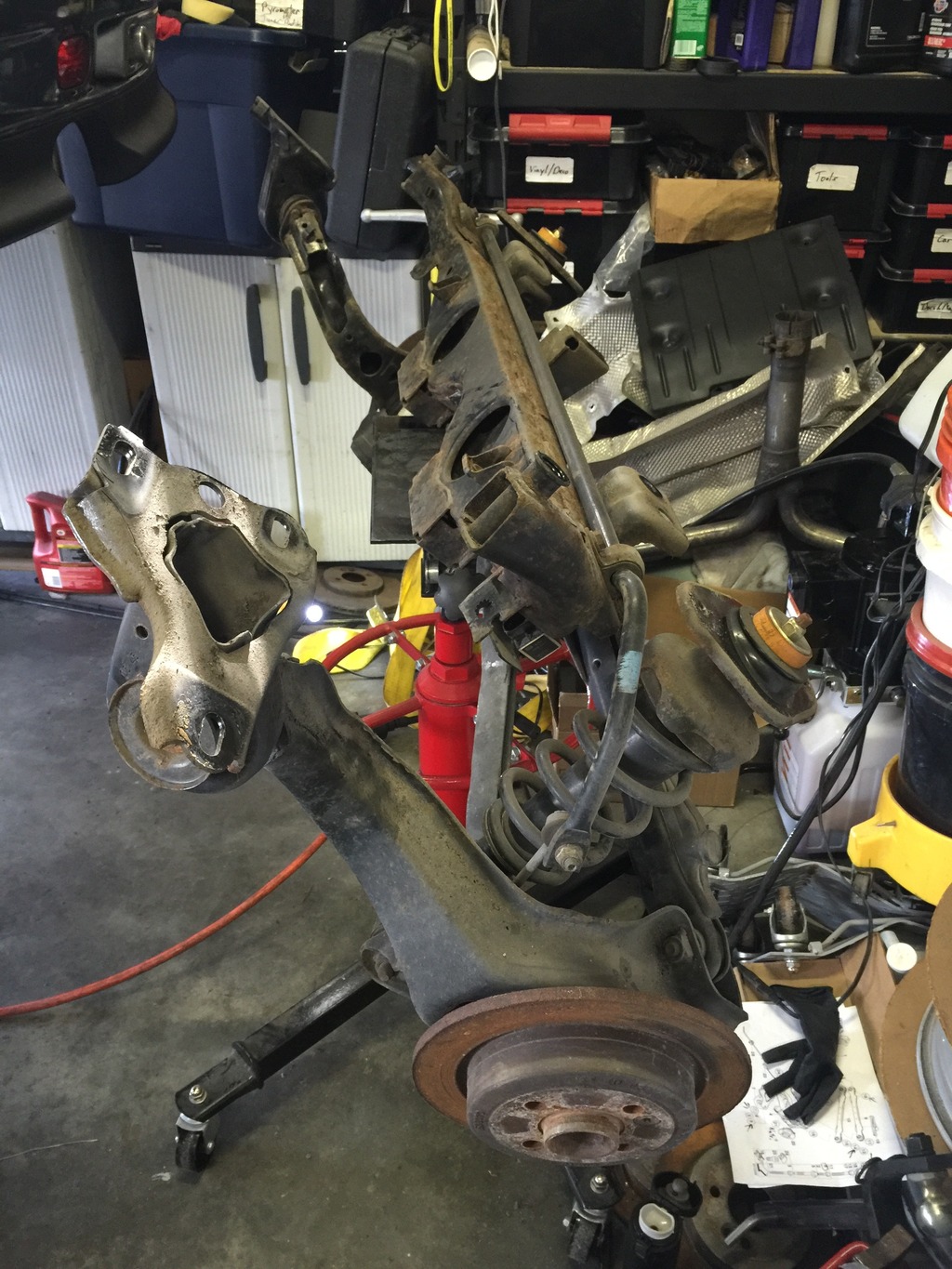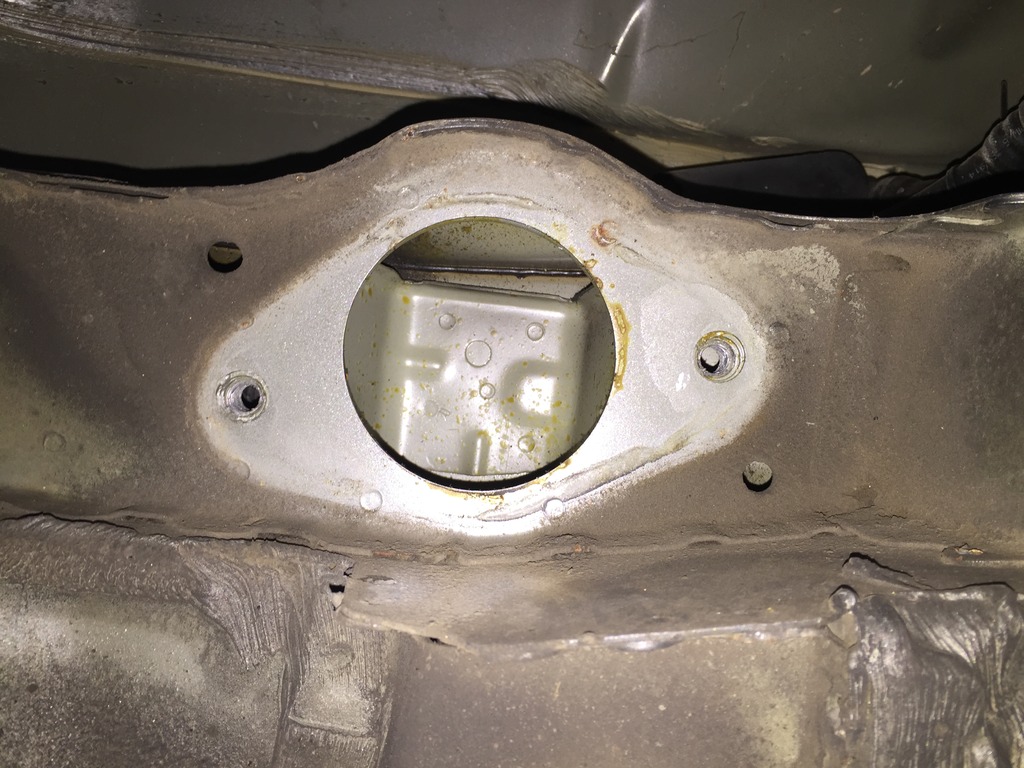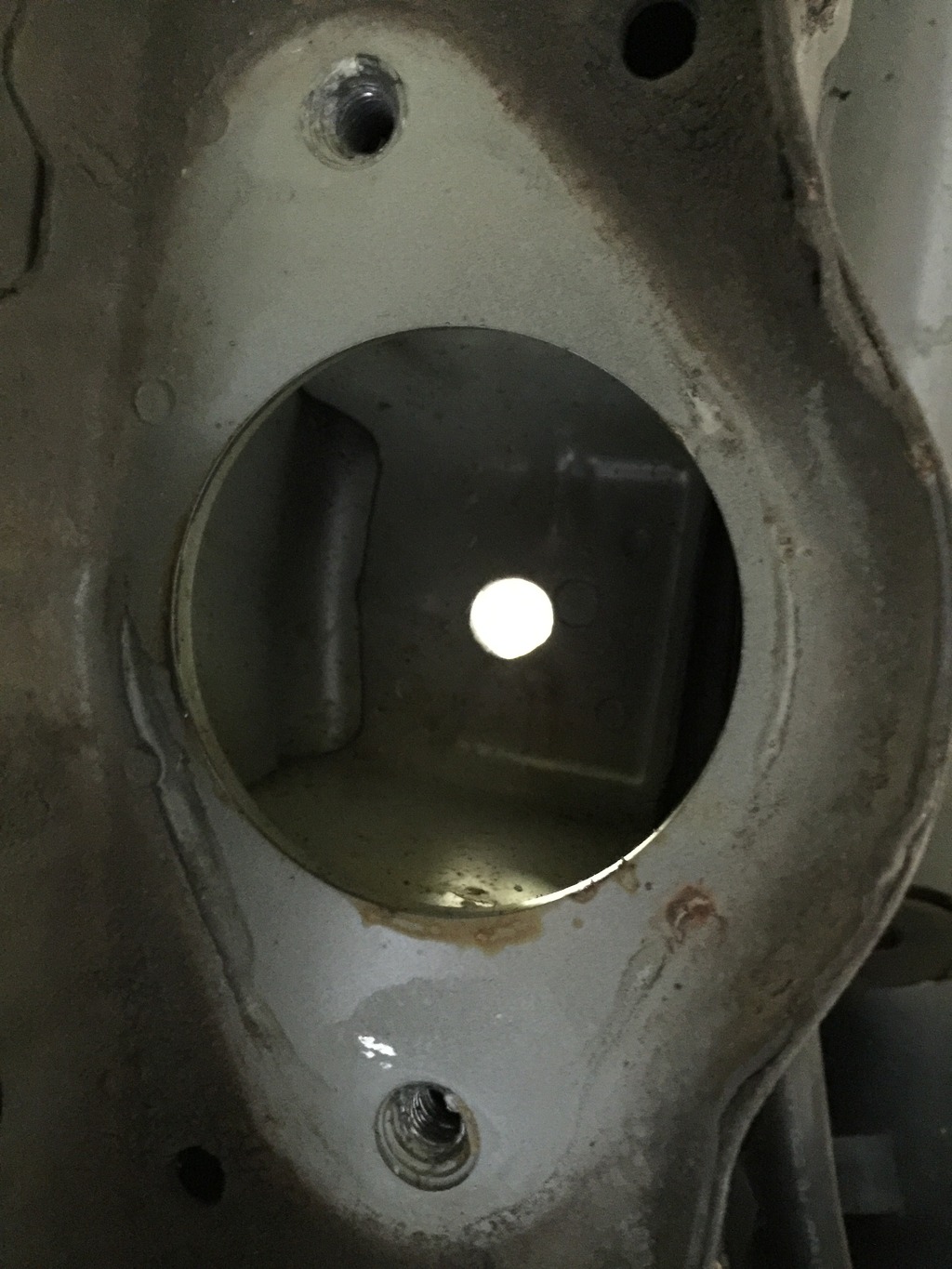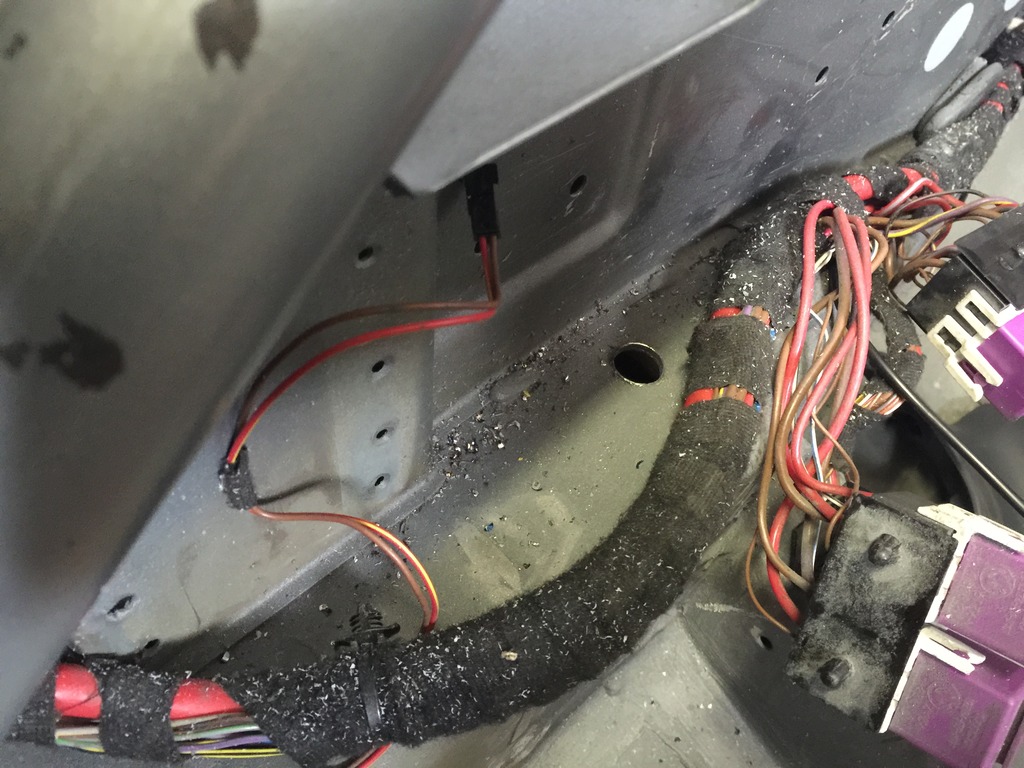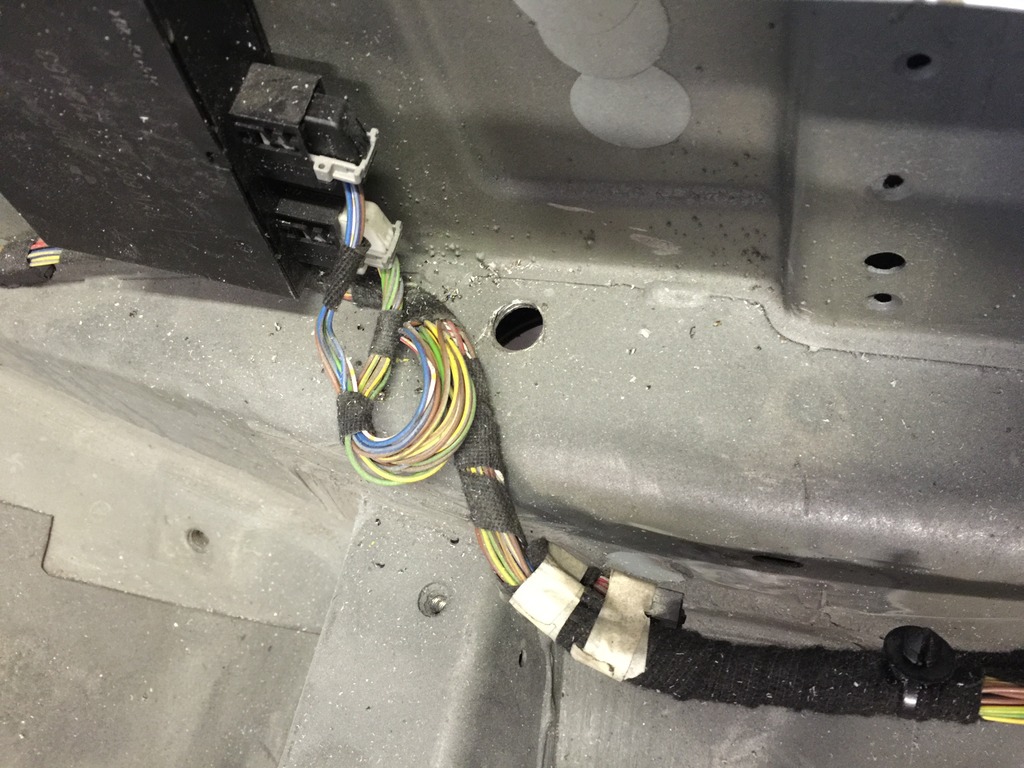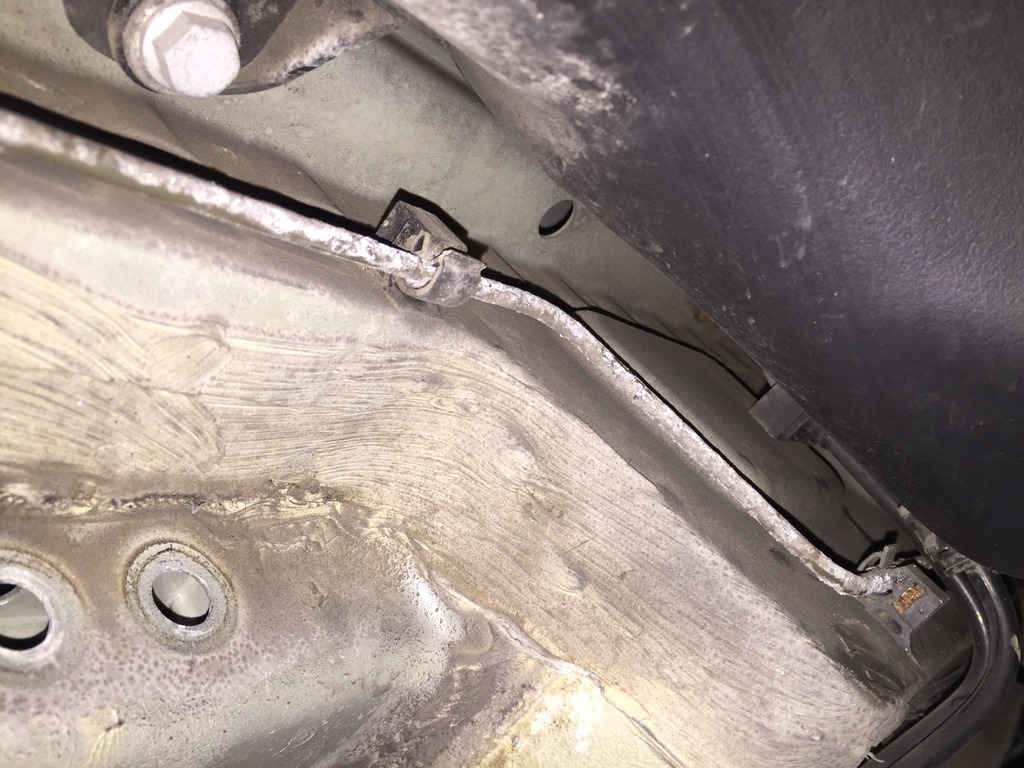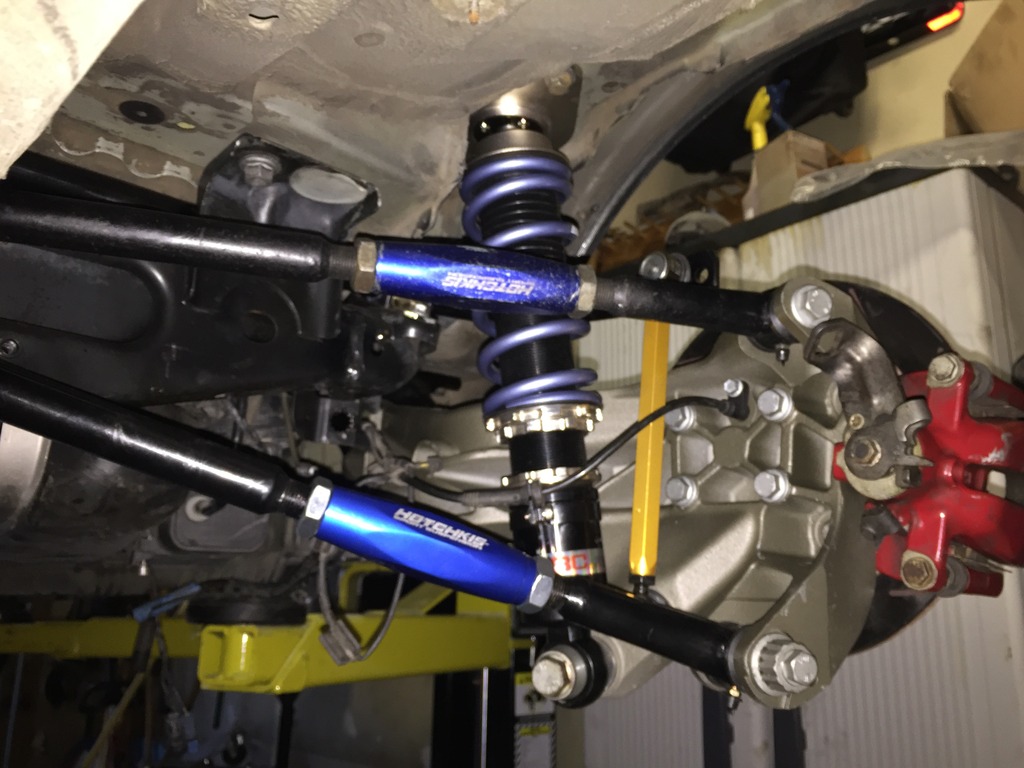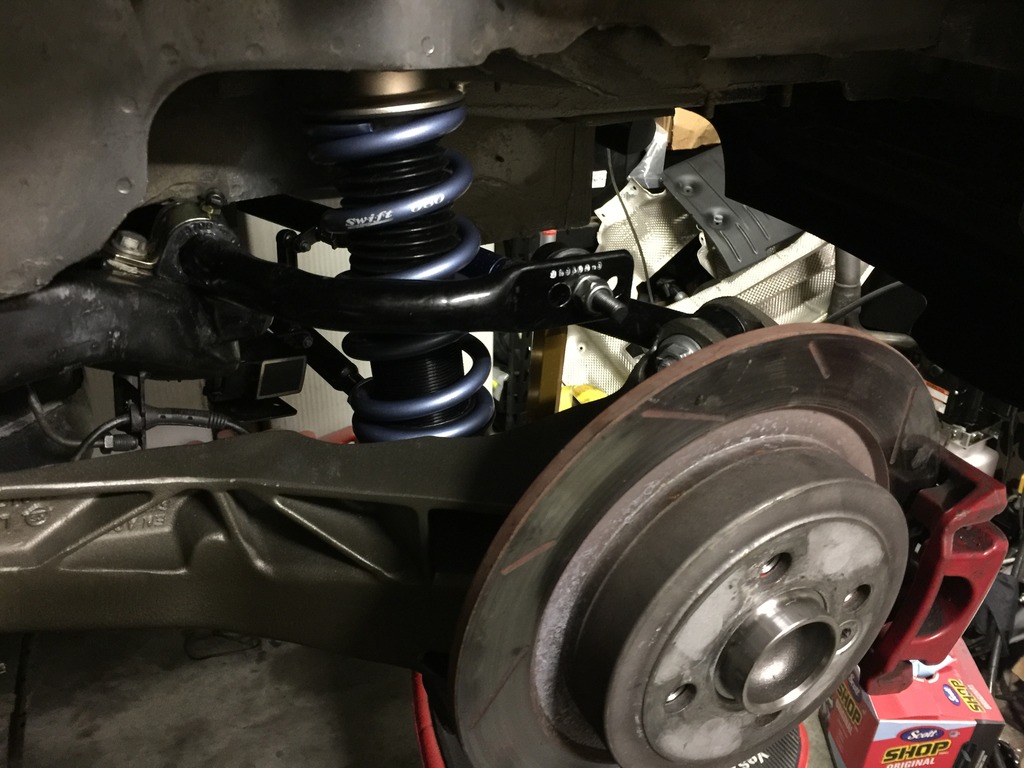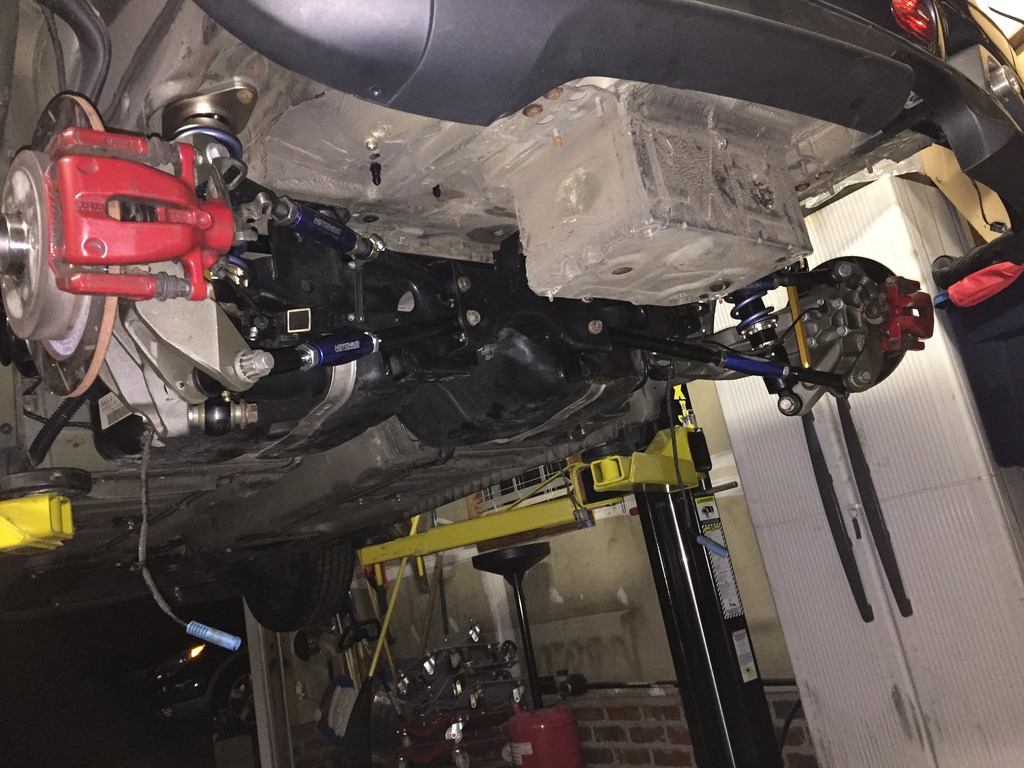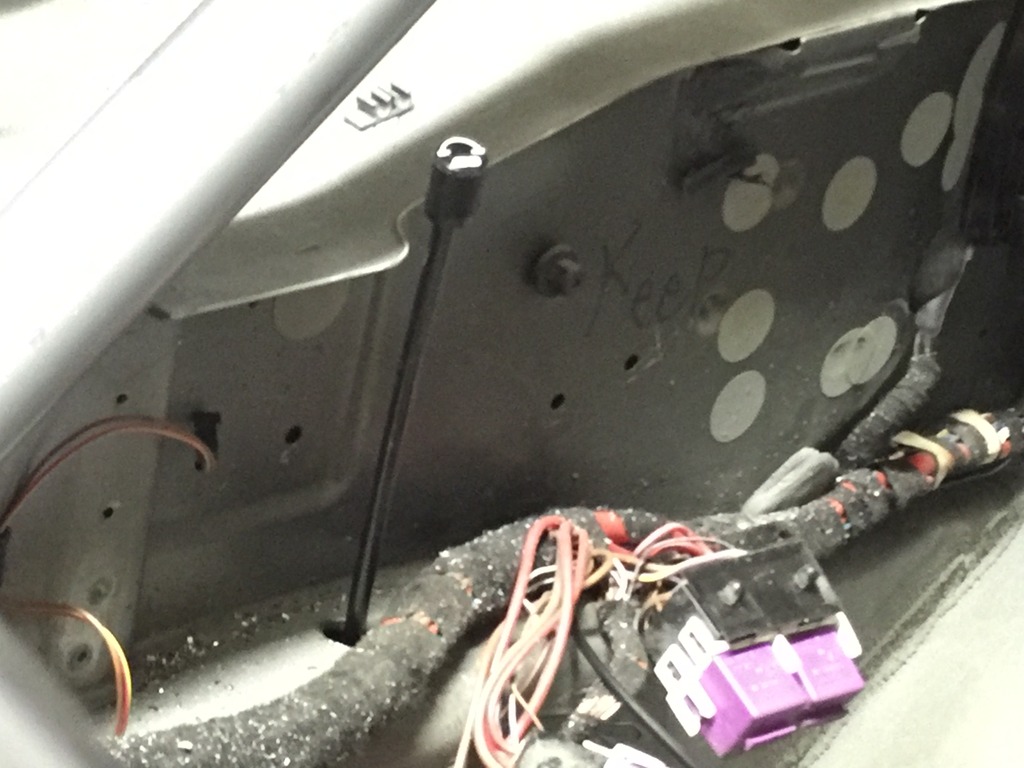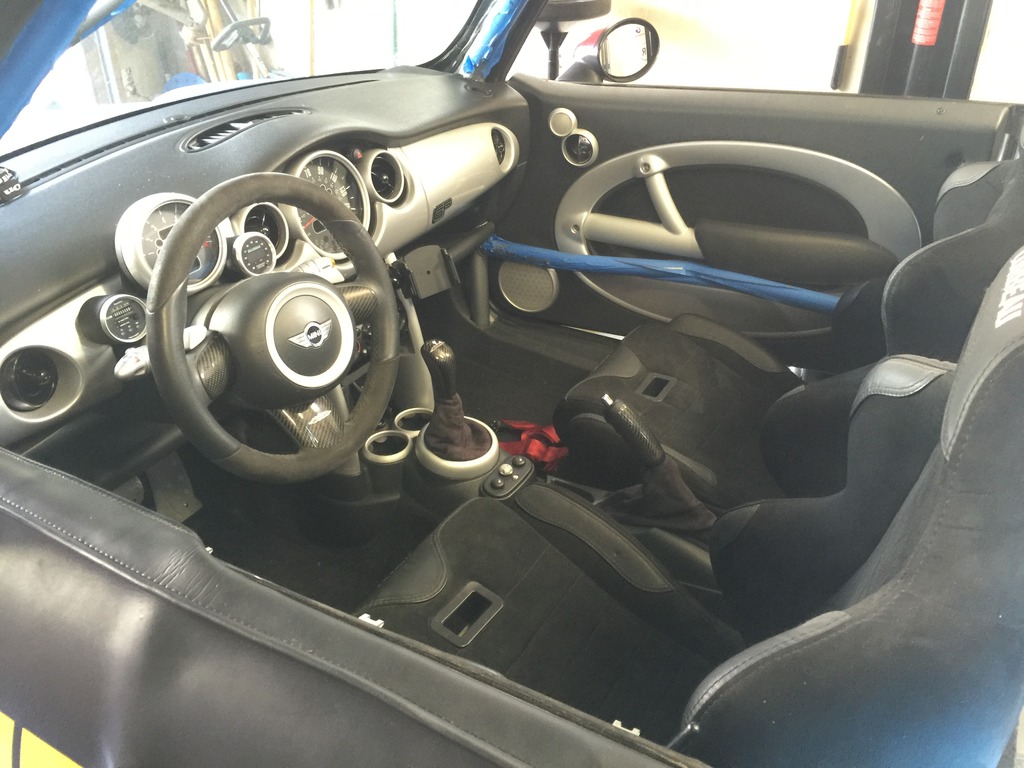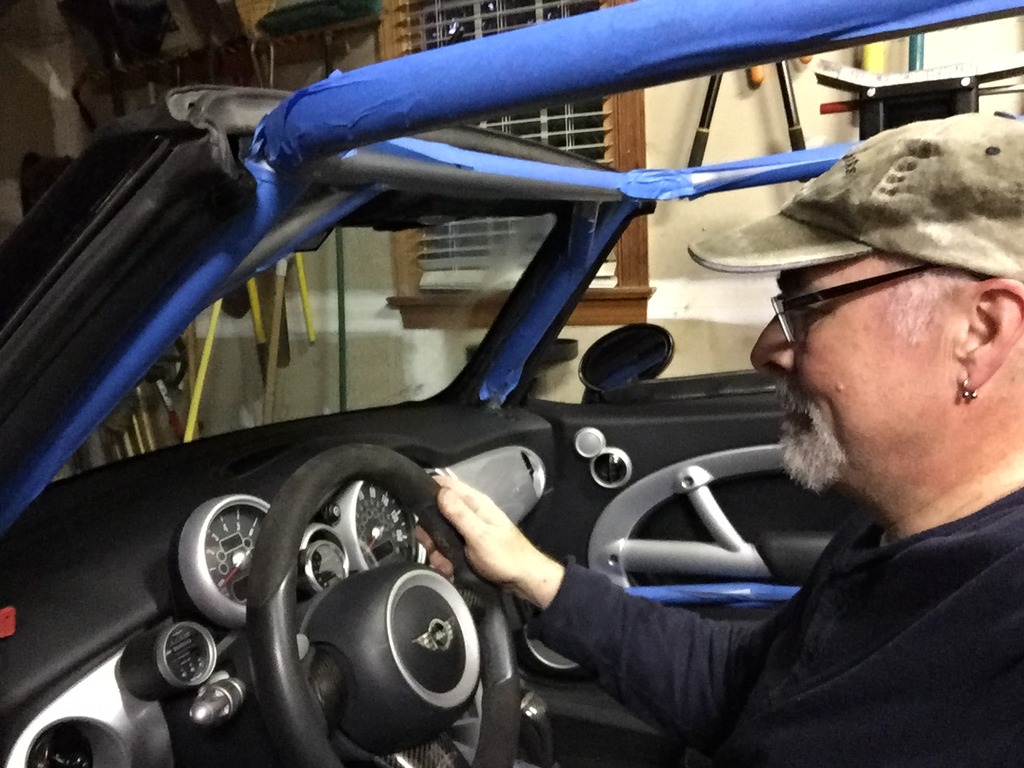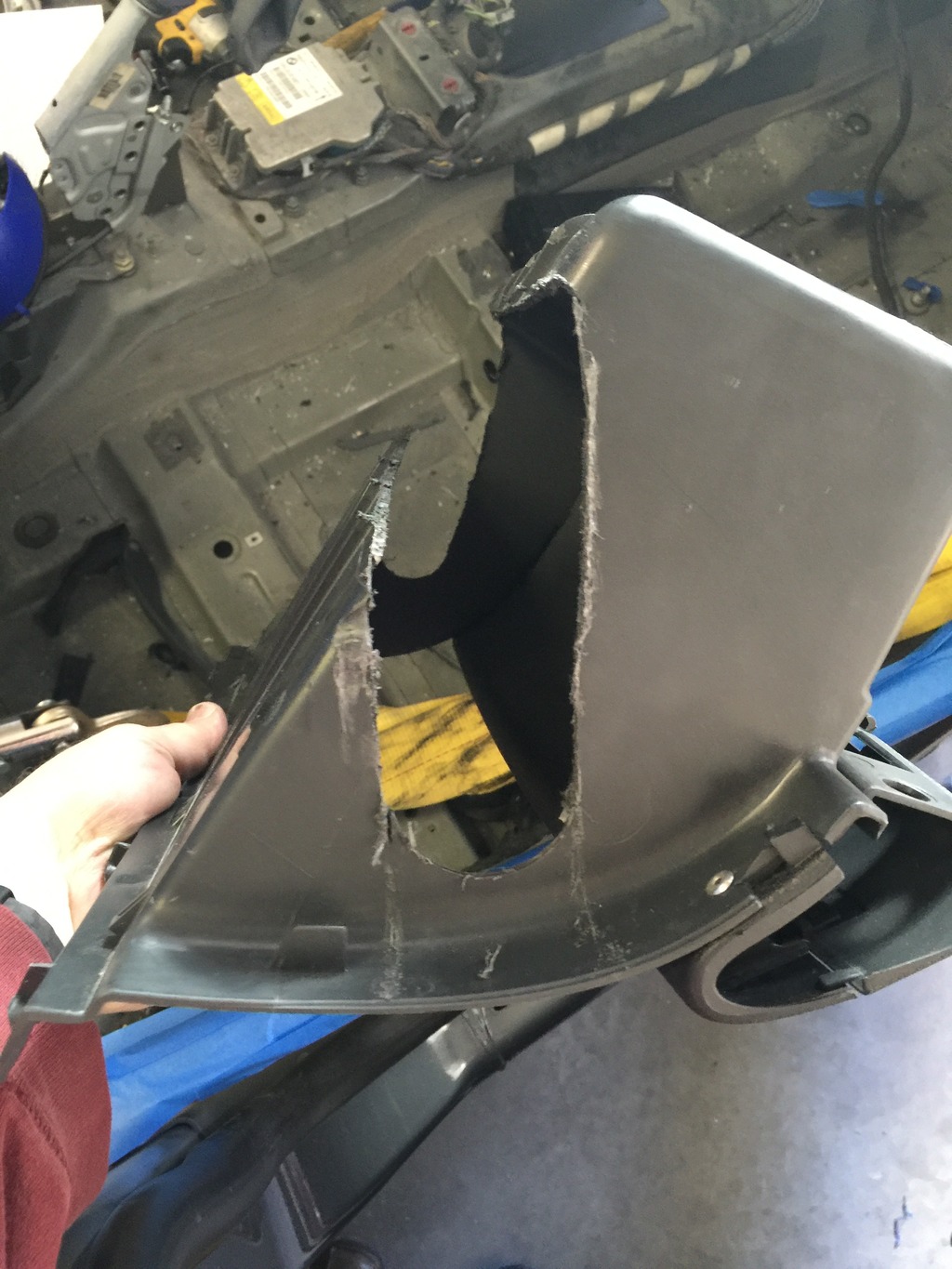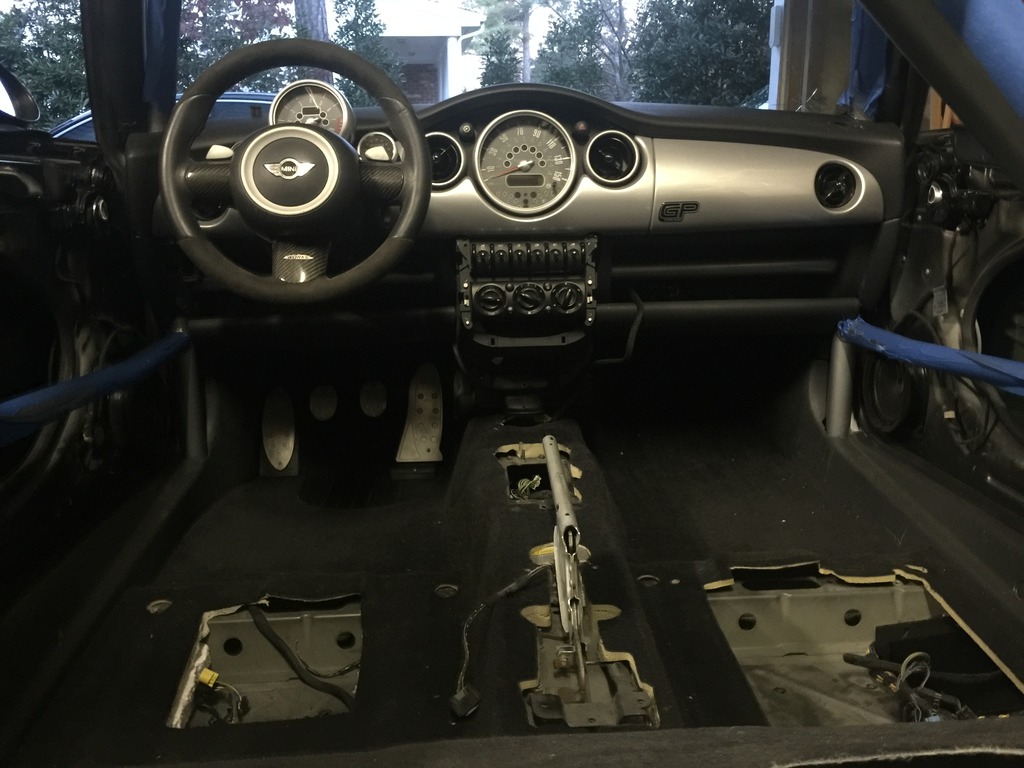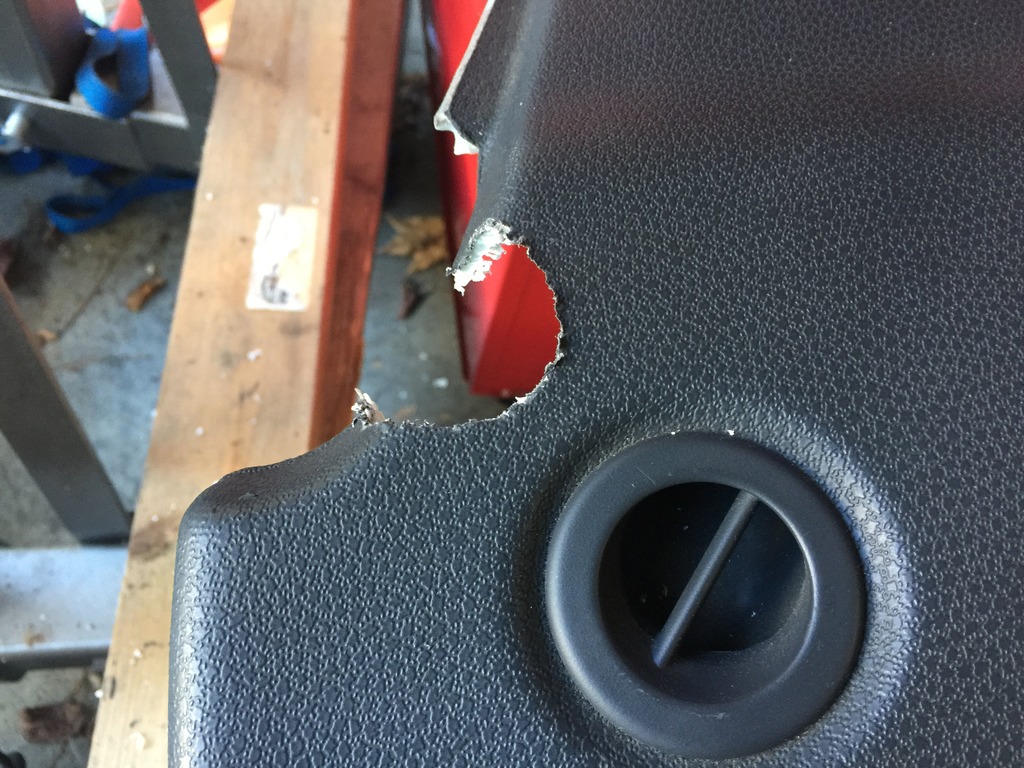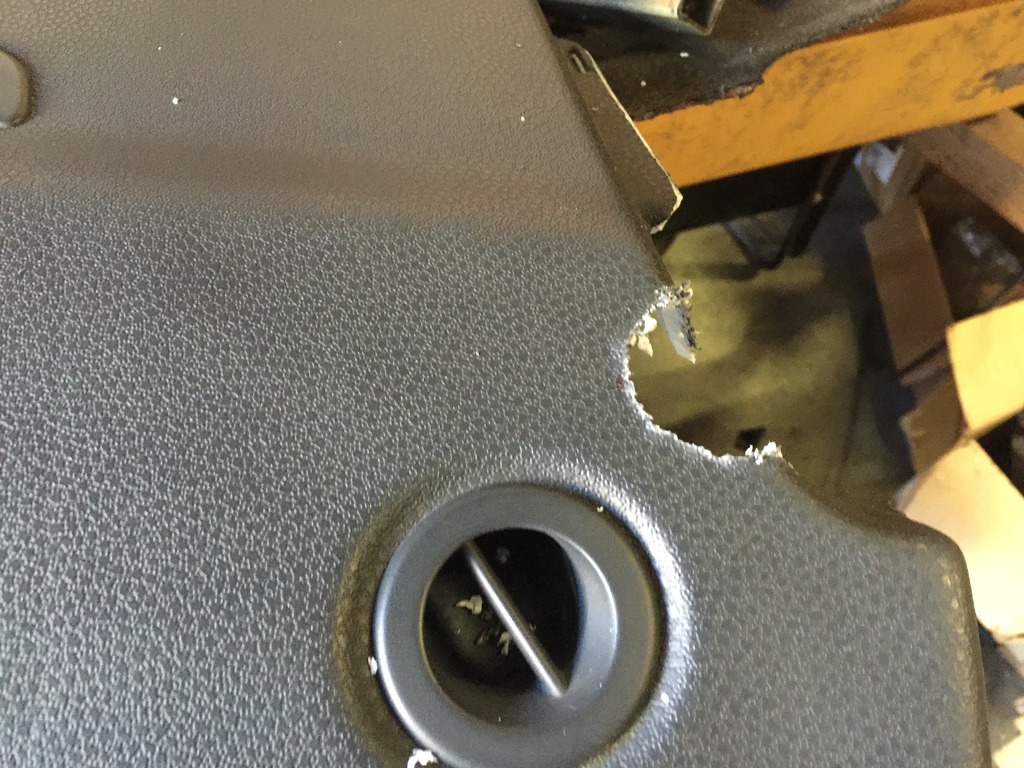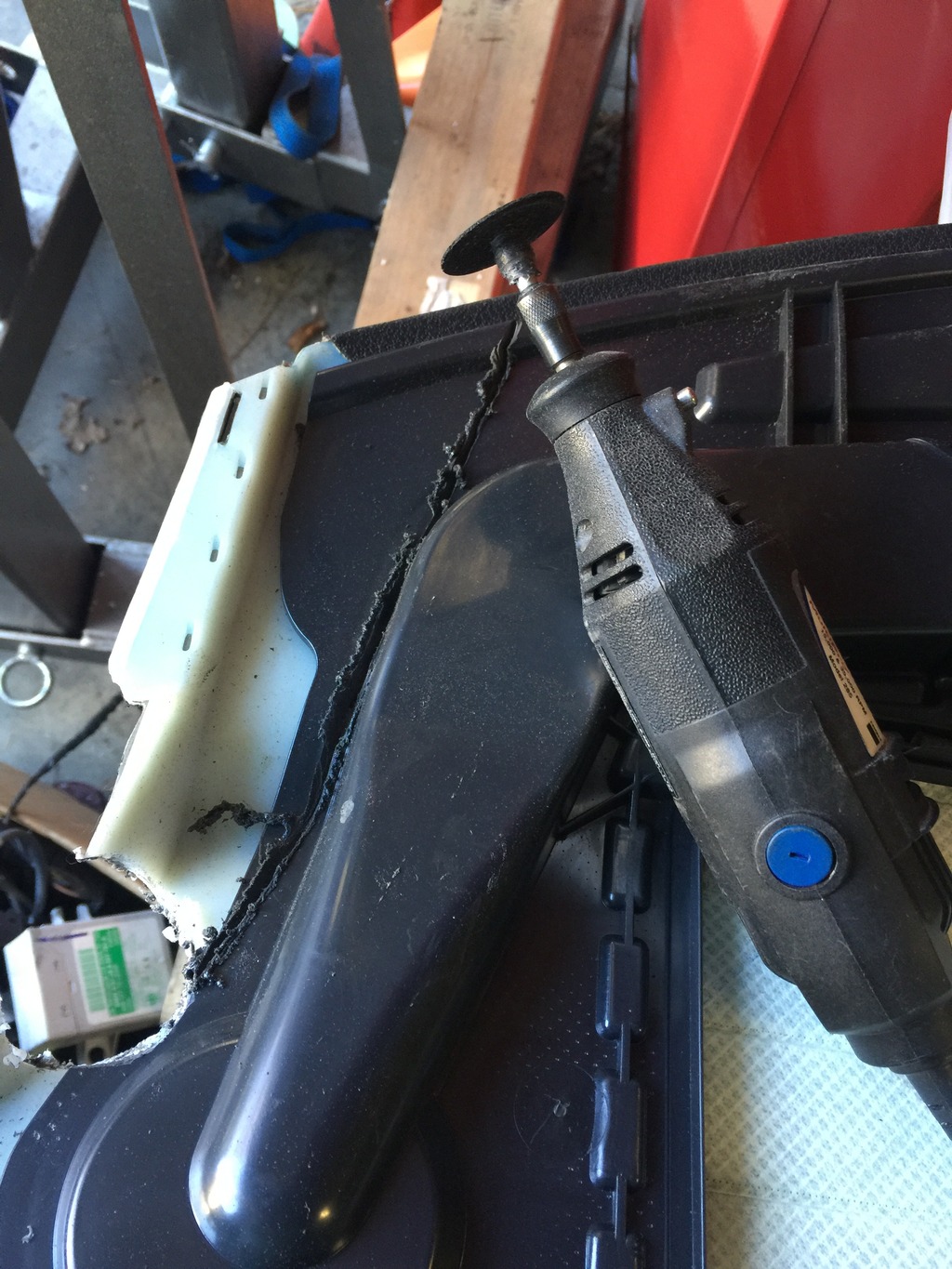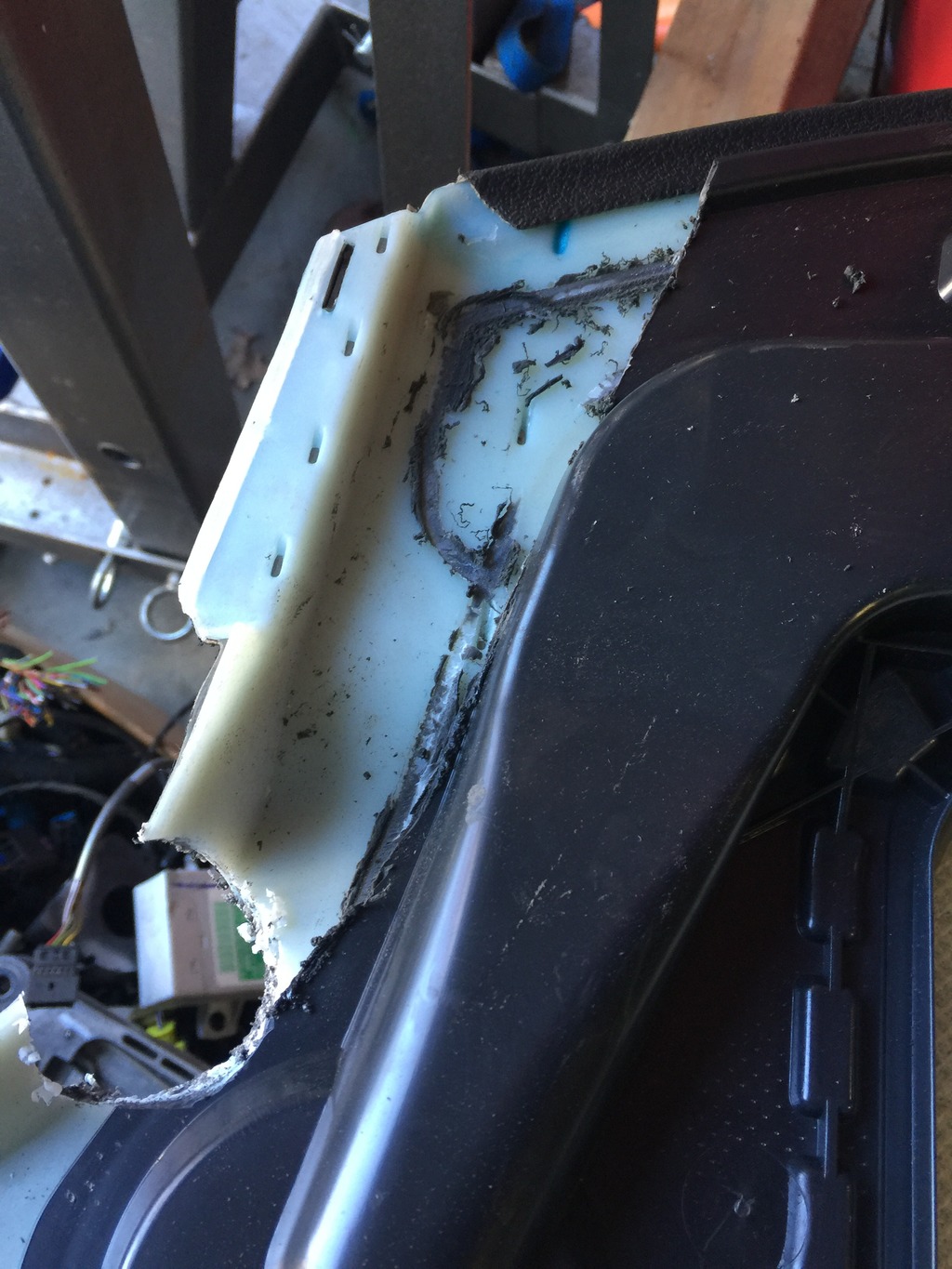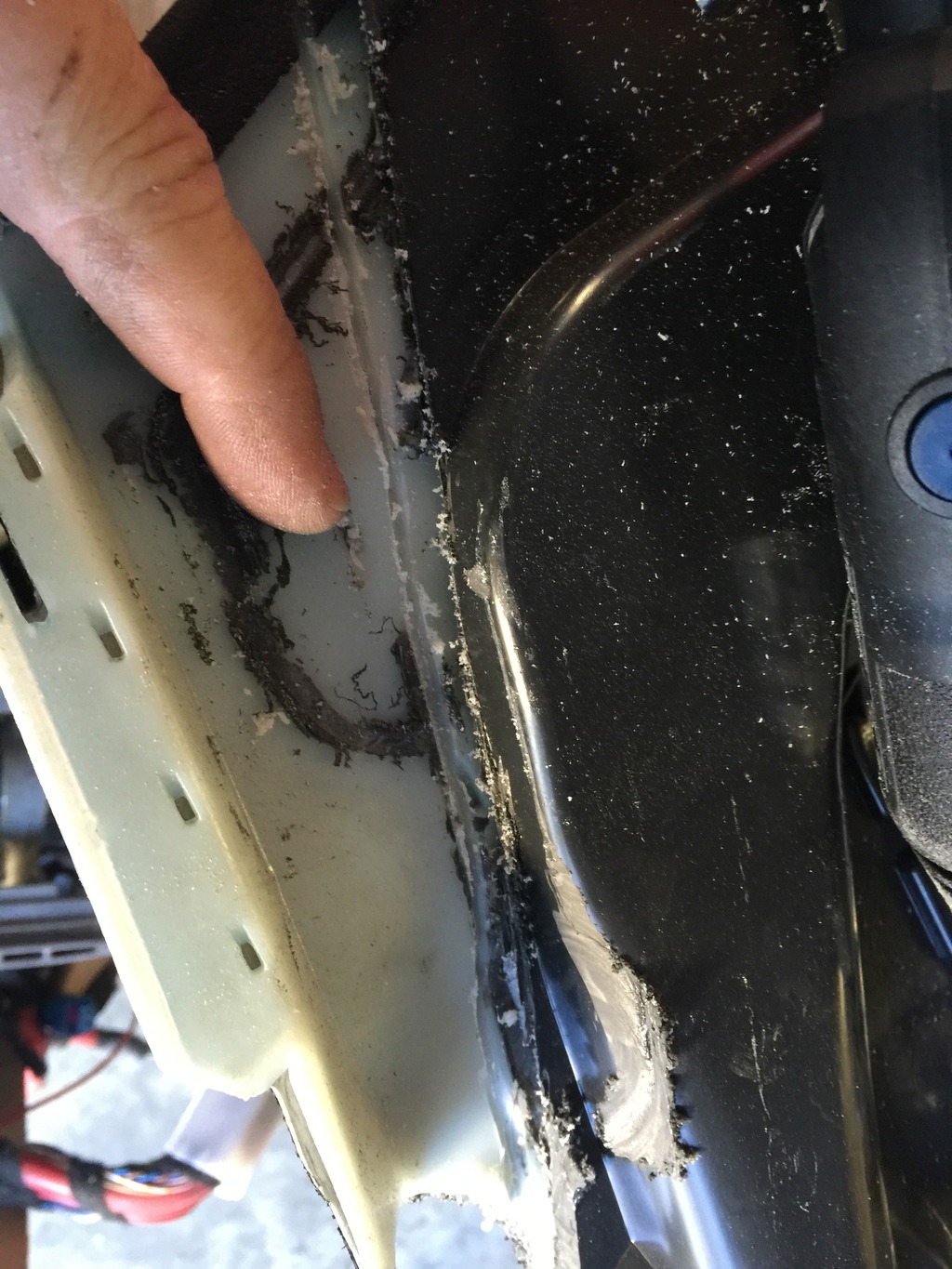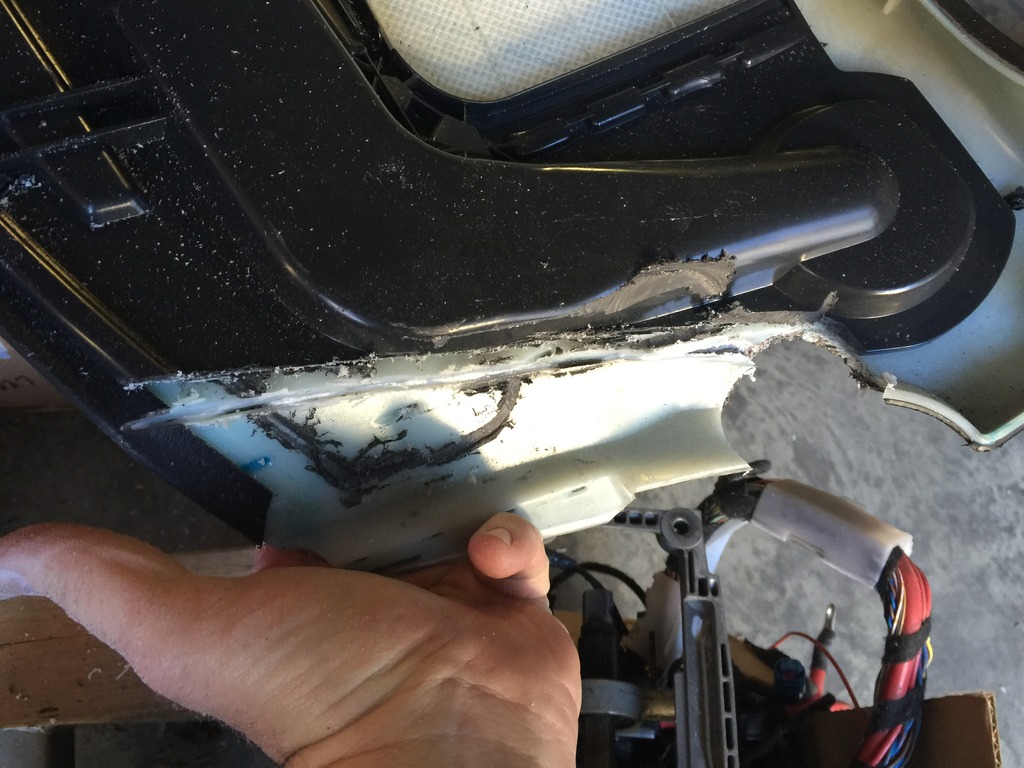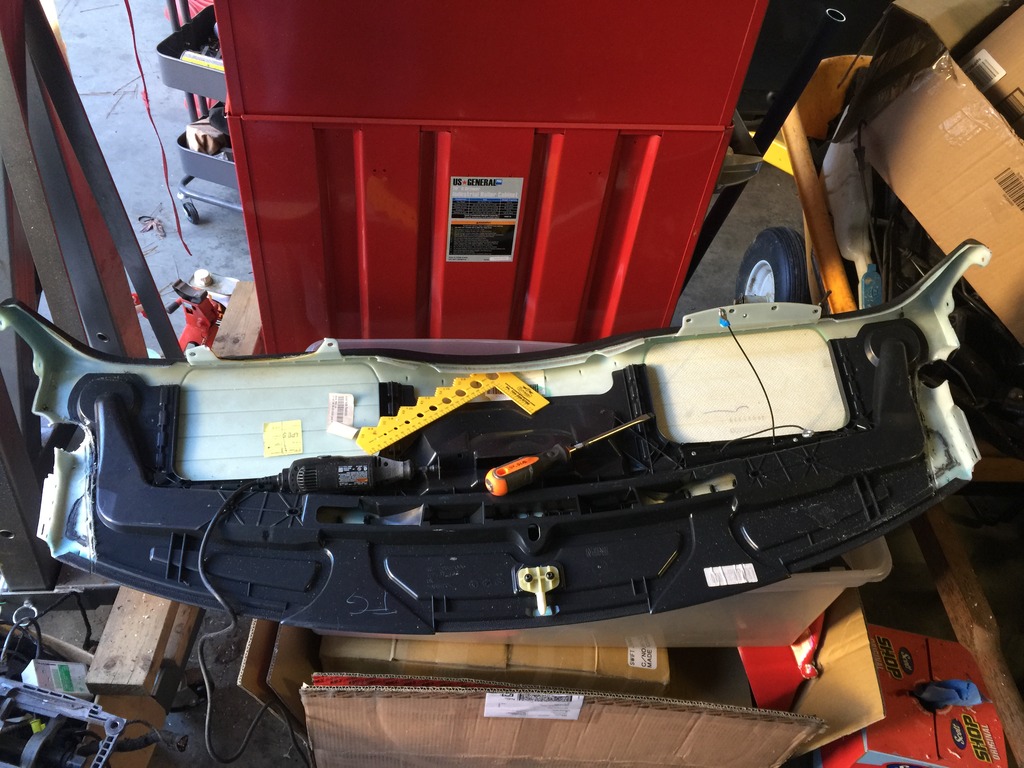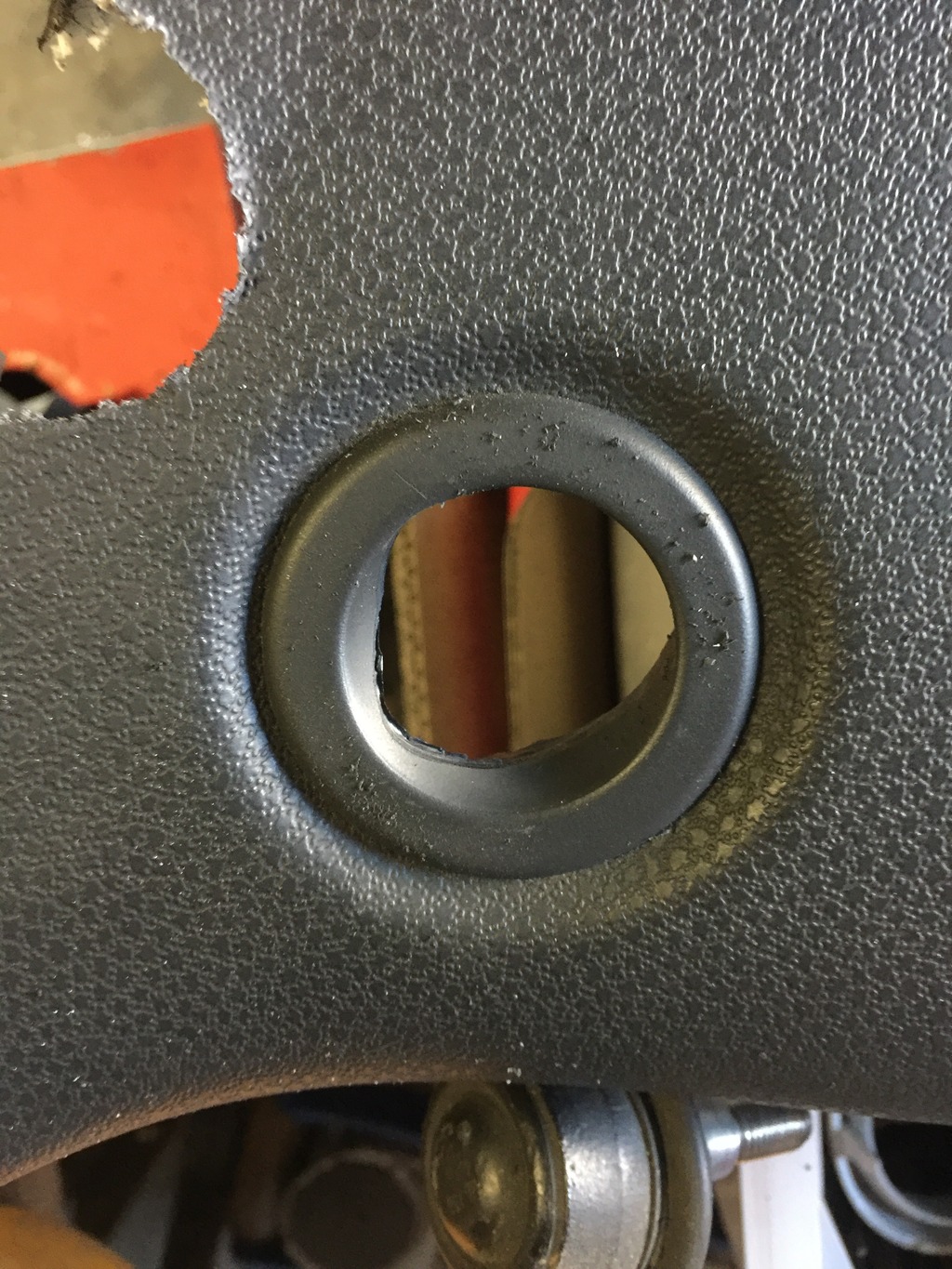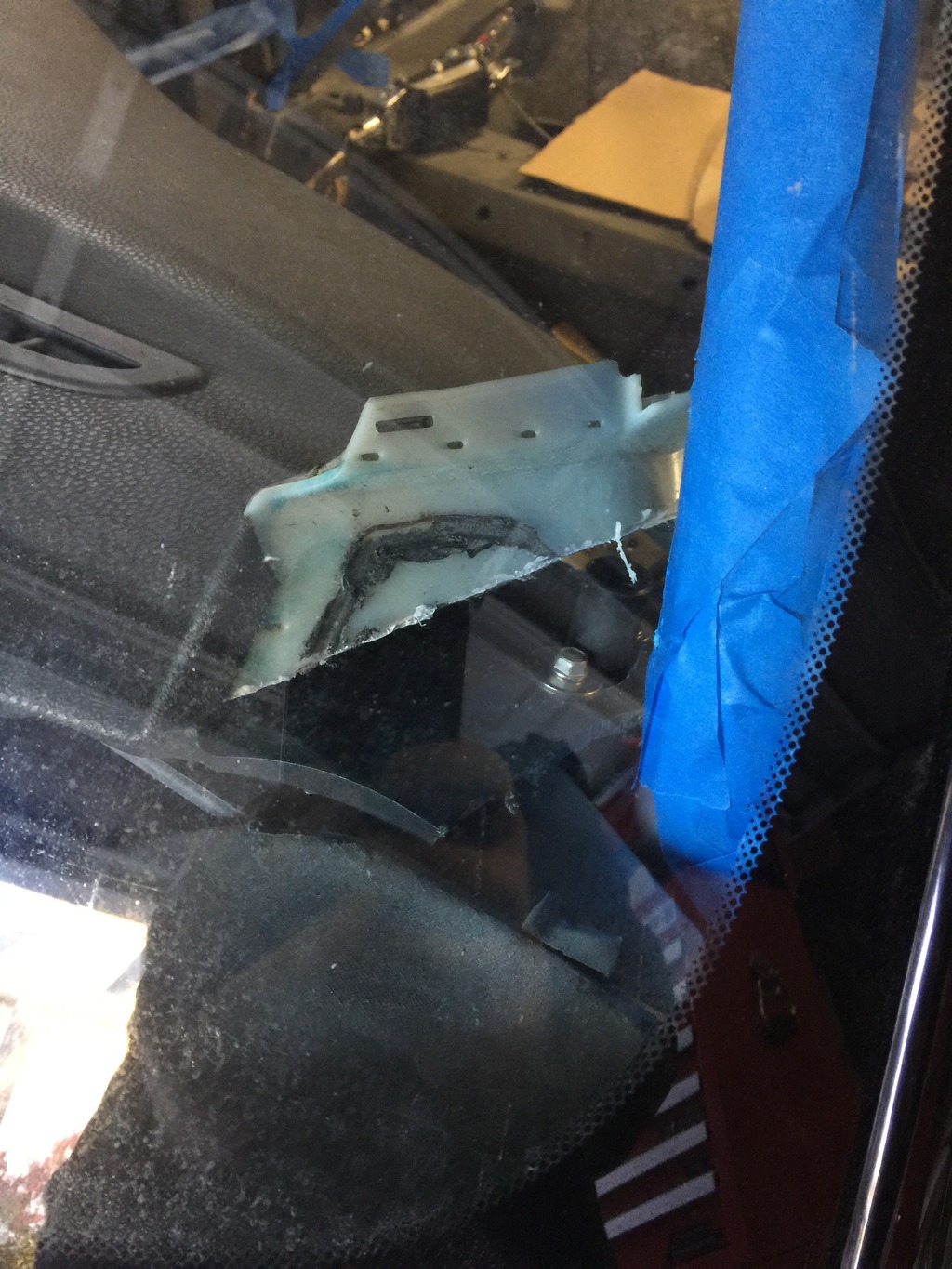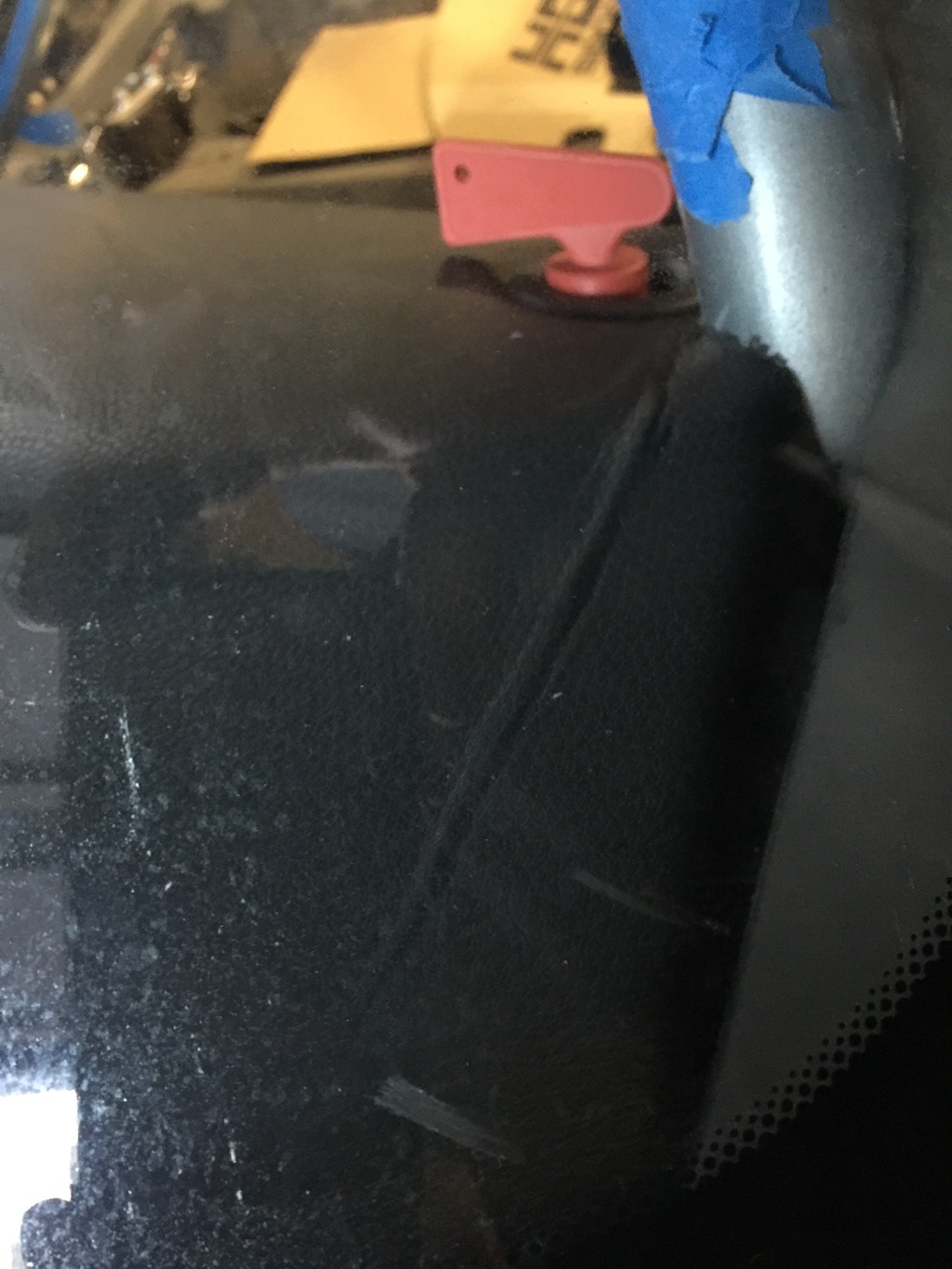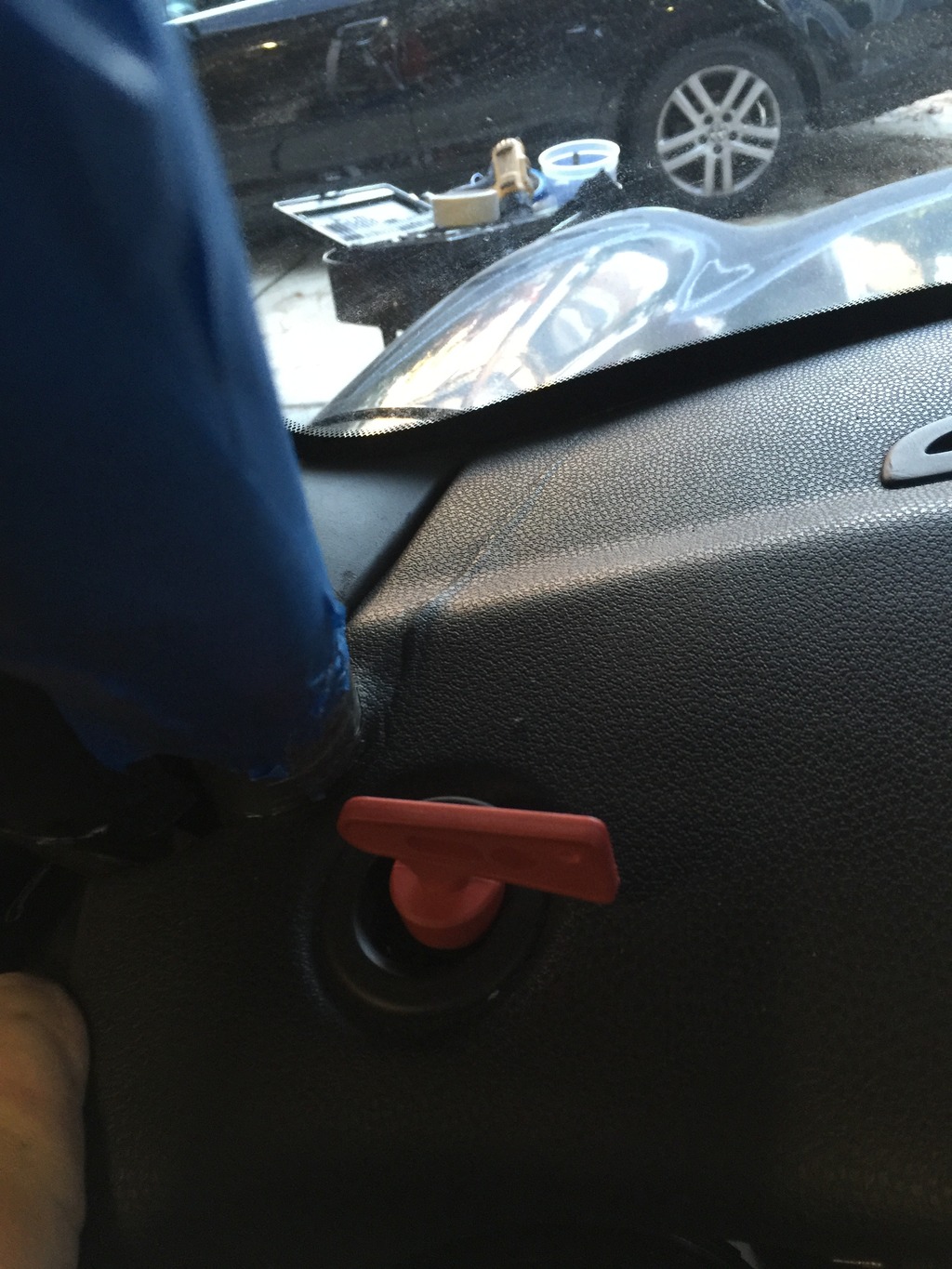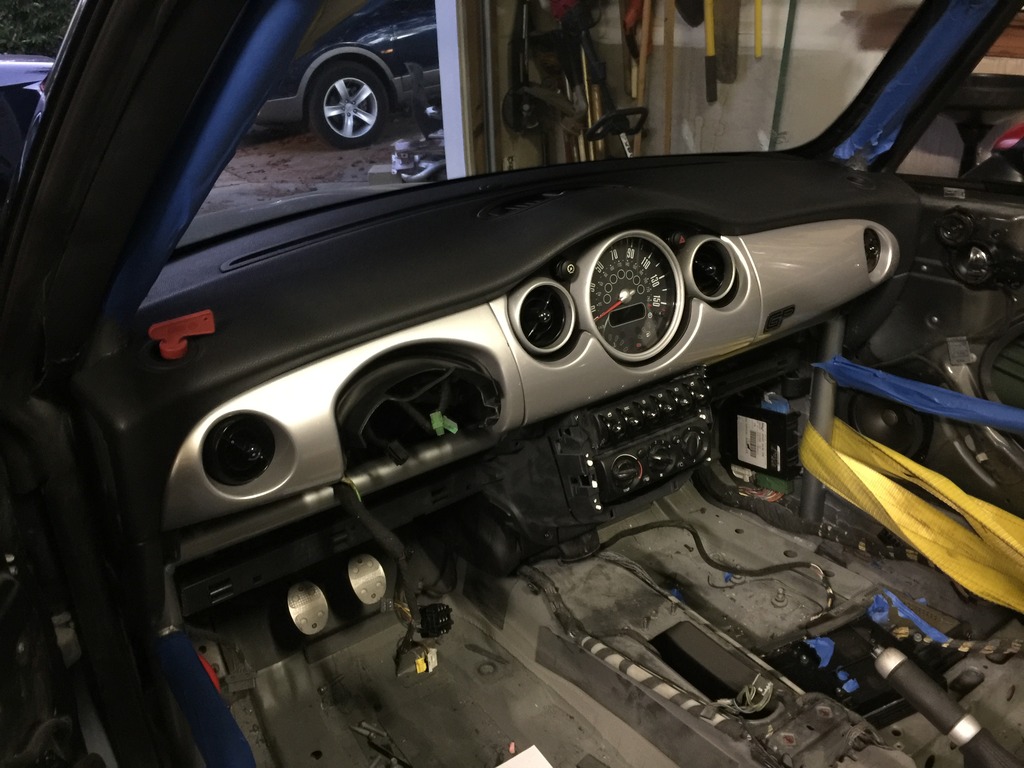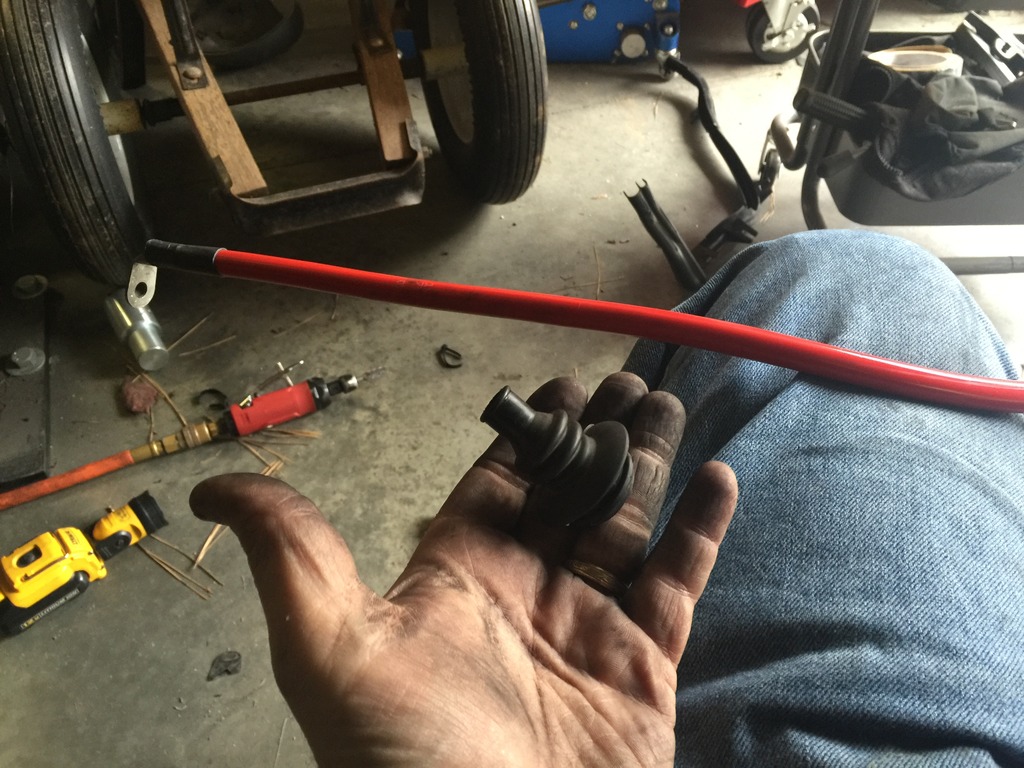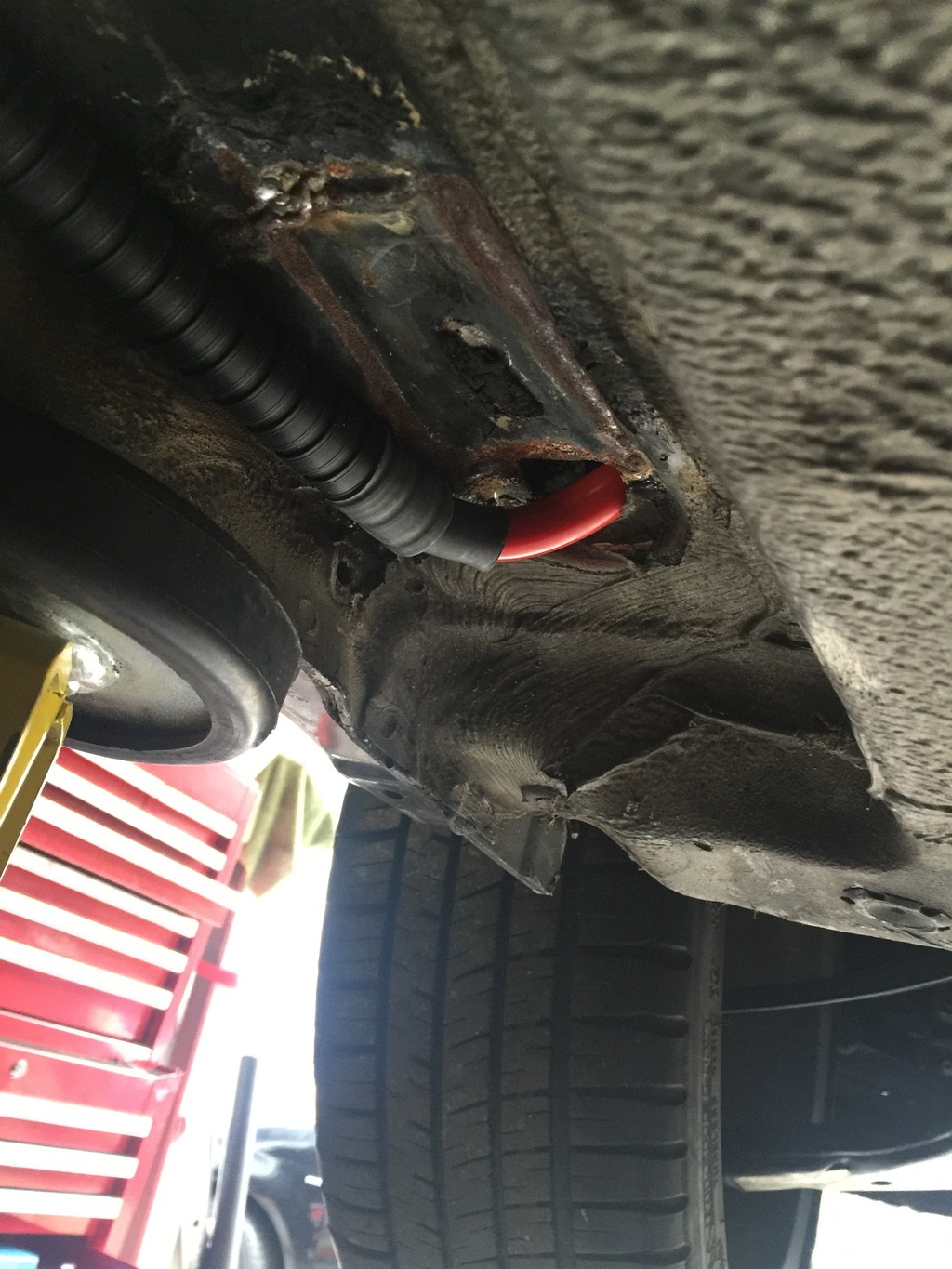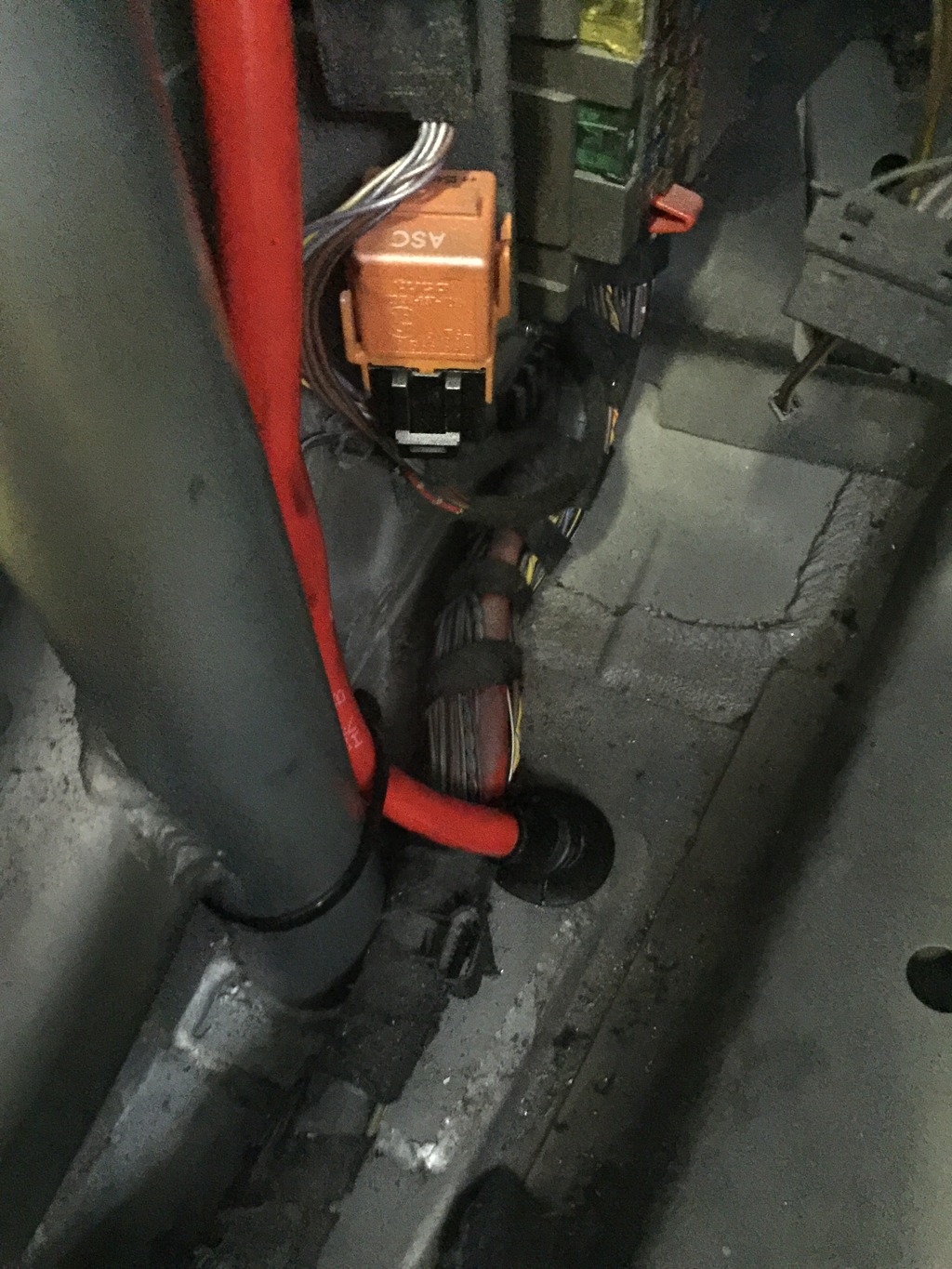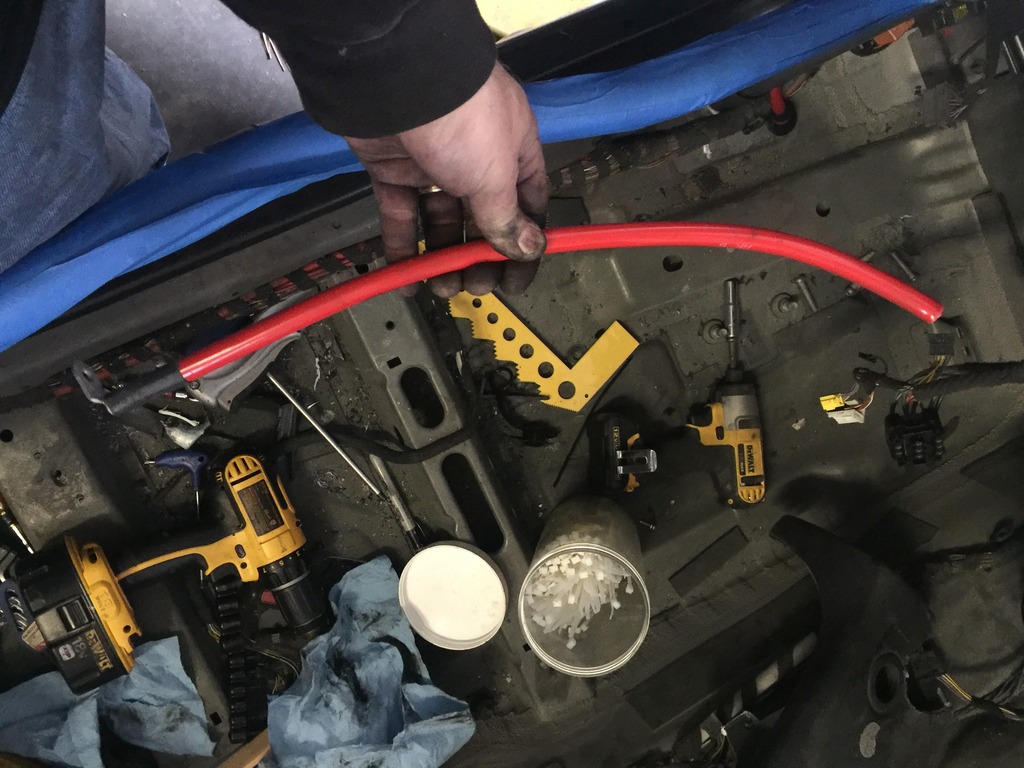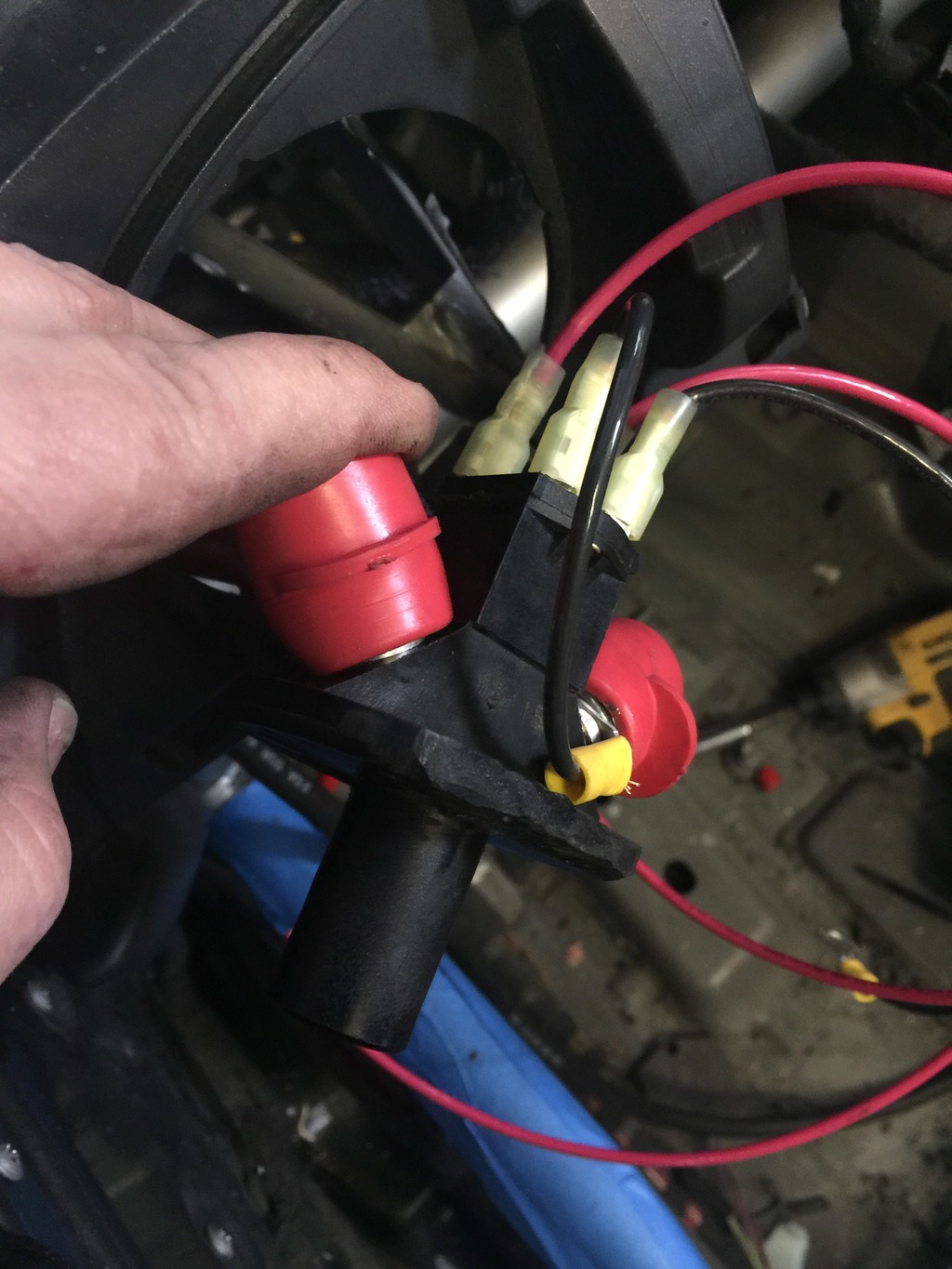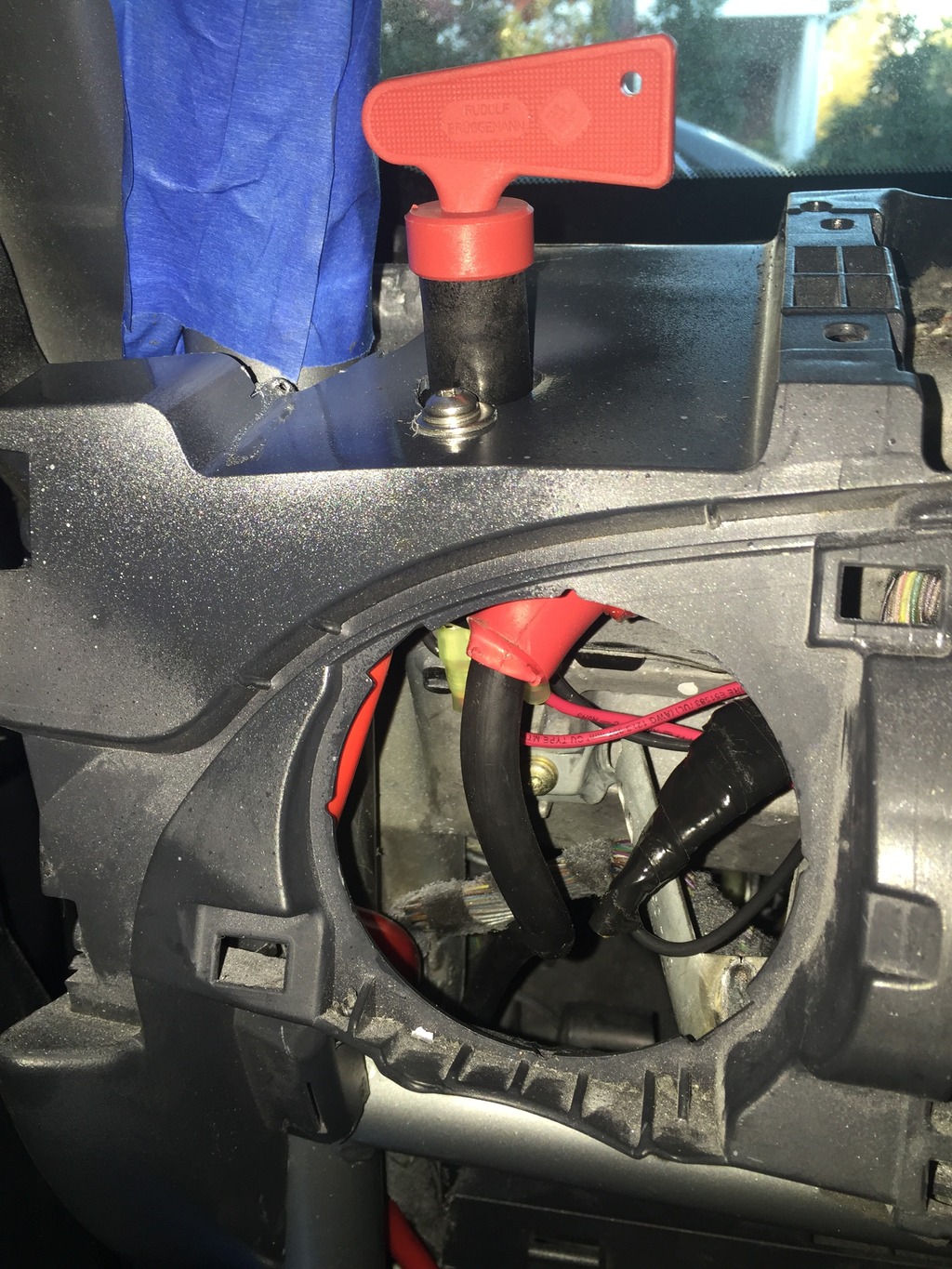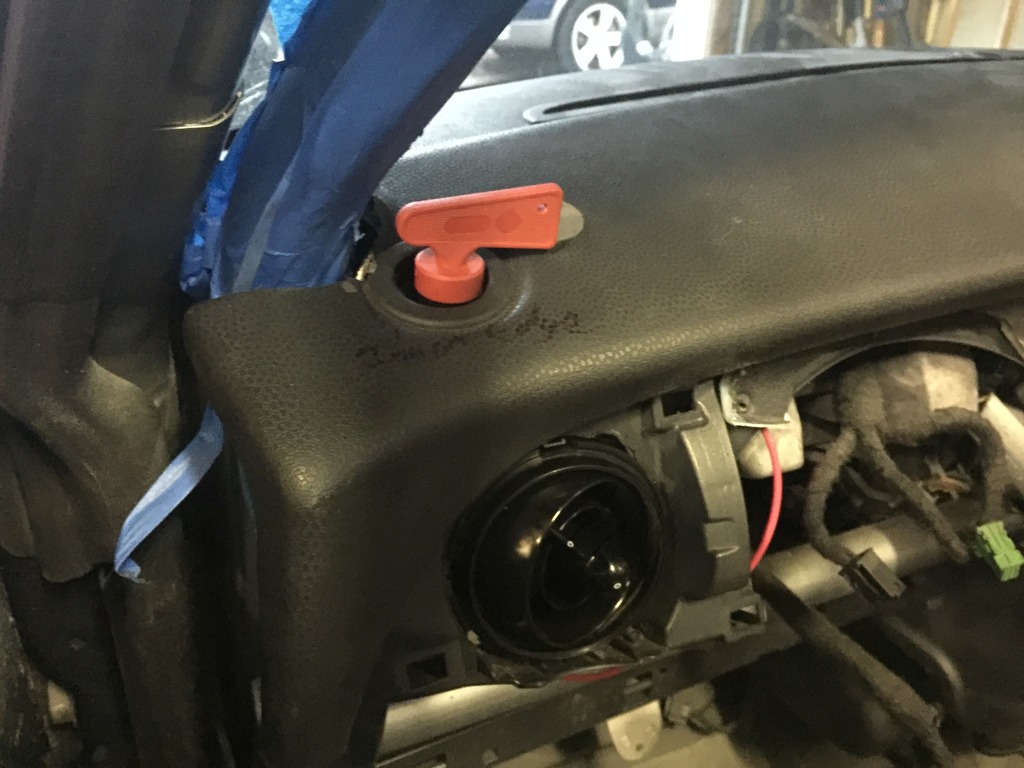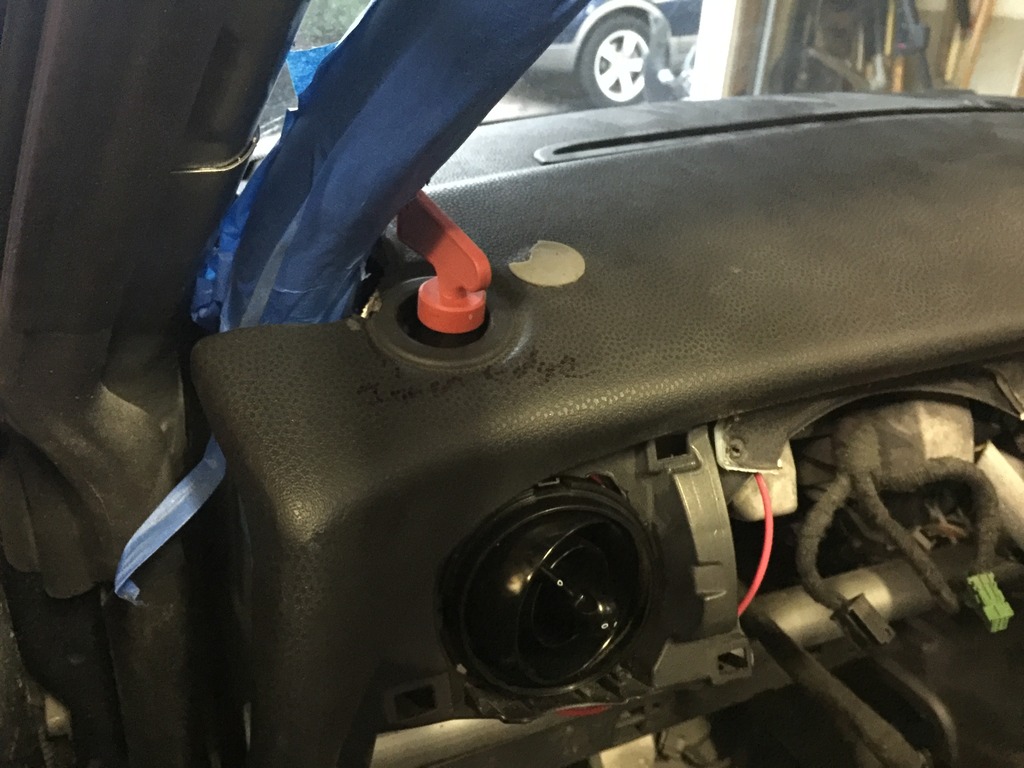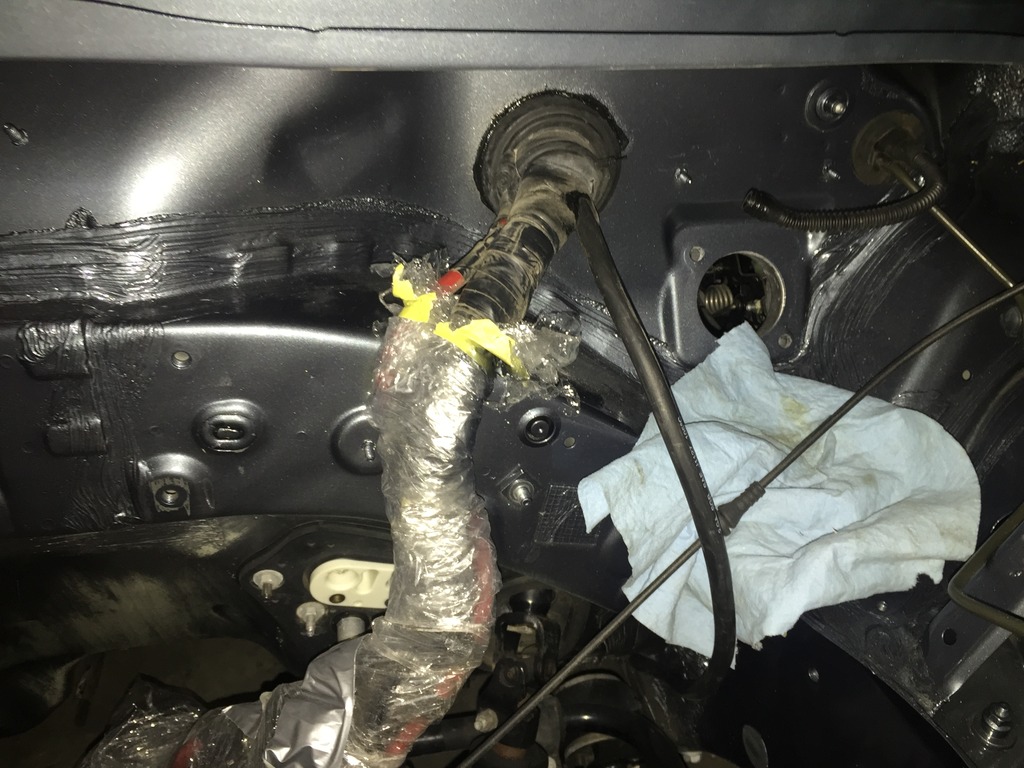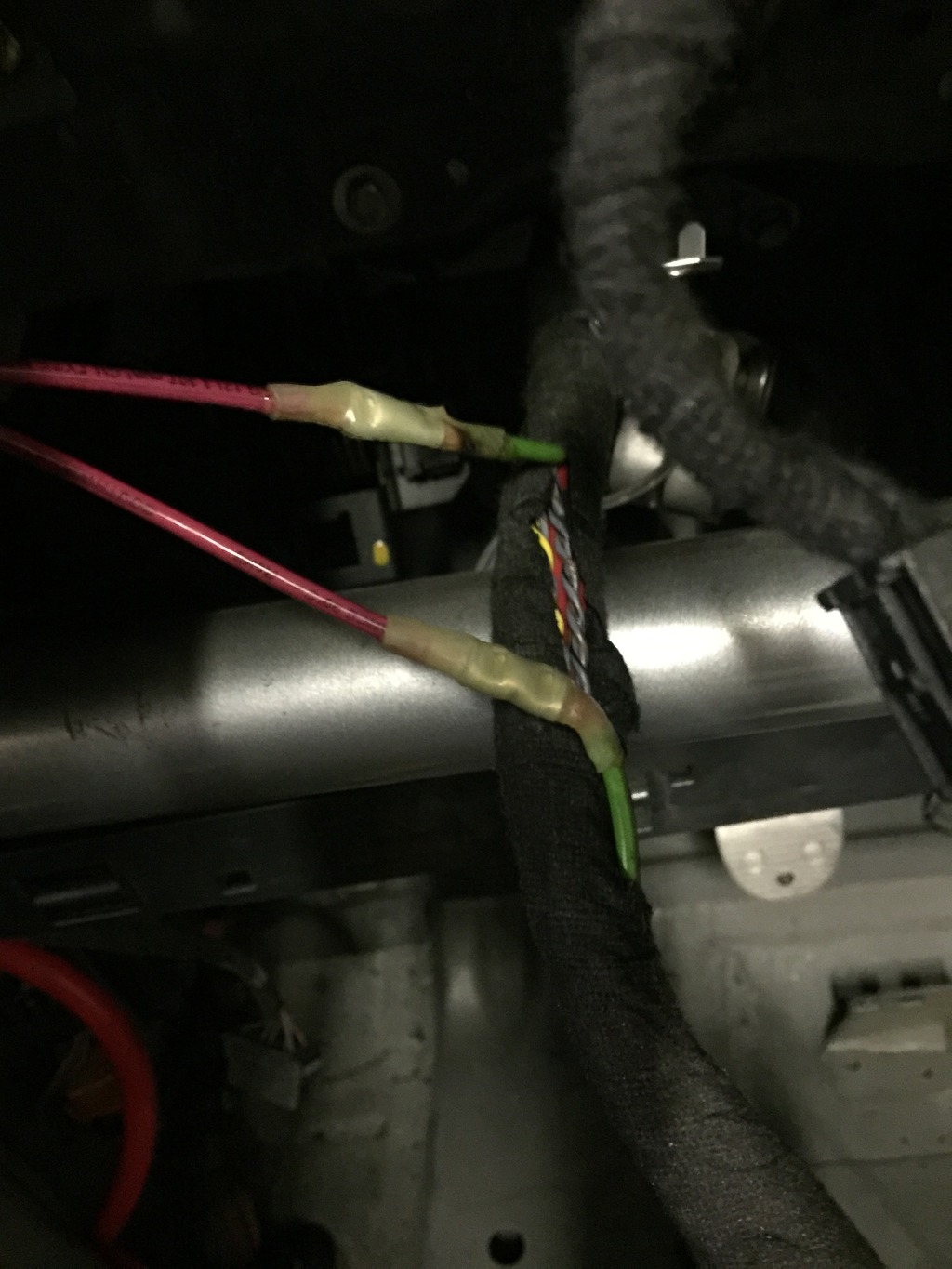About 4 hours today, getting ready to build the rear suspension.
These are the trailing arms off GP0769. Remember, that car was driven several winters in the snow belt… and it shows.
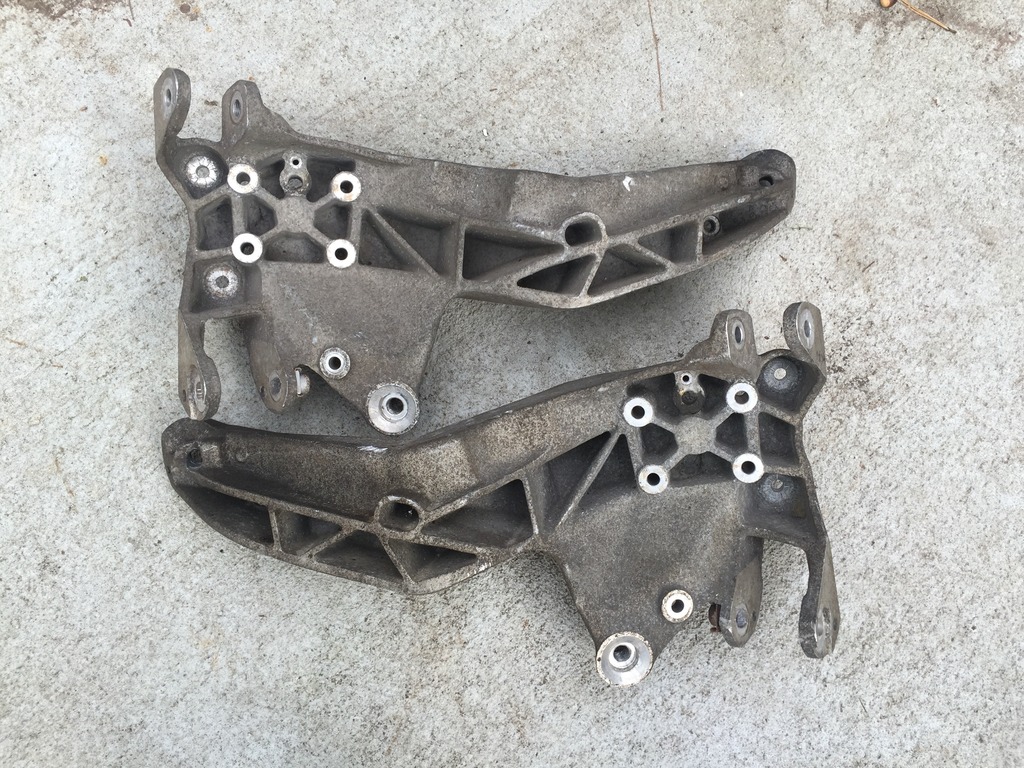
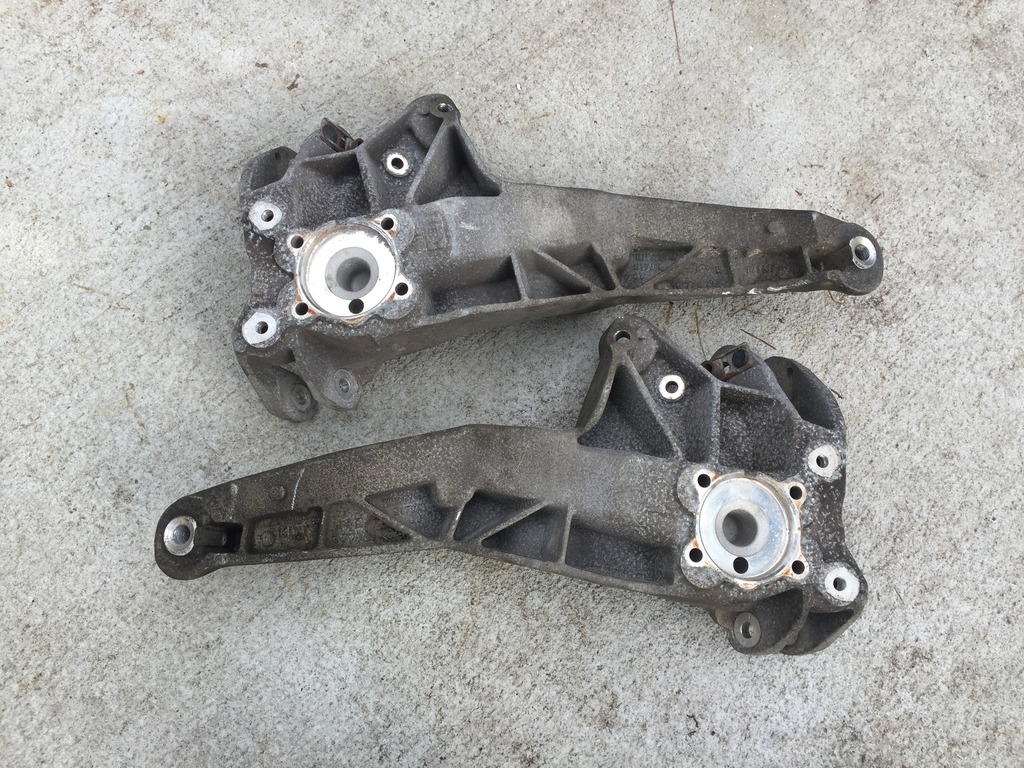
Several of the steel-to-aluminum bolts were seized when I pulled these off the GP. One was seized so completely, I wrung off the shaft of one the big, strong pivot bolts before it would budge. Wellzy drilled it out for me, picked the remaining steel threads out of the arm, and saved the threads. So now they’re functionally OK, but they looked like crap, tons of corrosion.
So… BLASTED THEM!
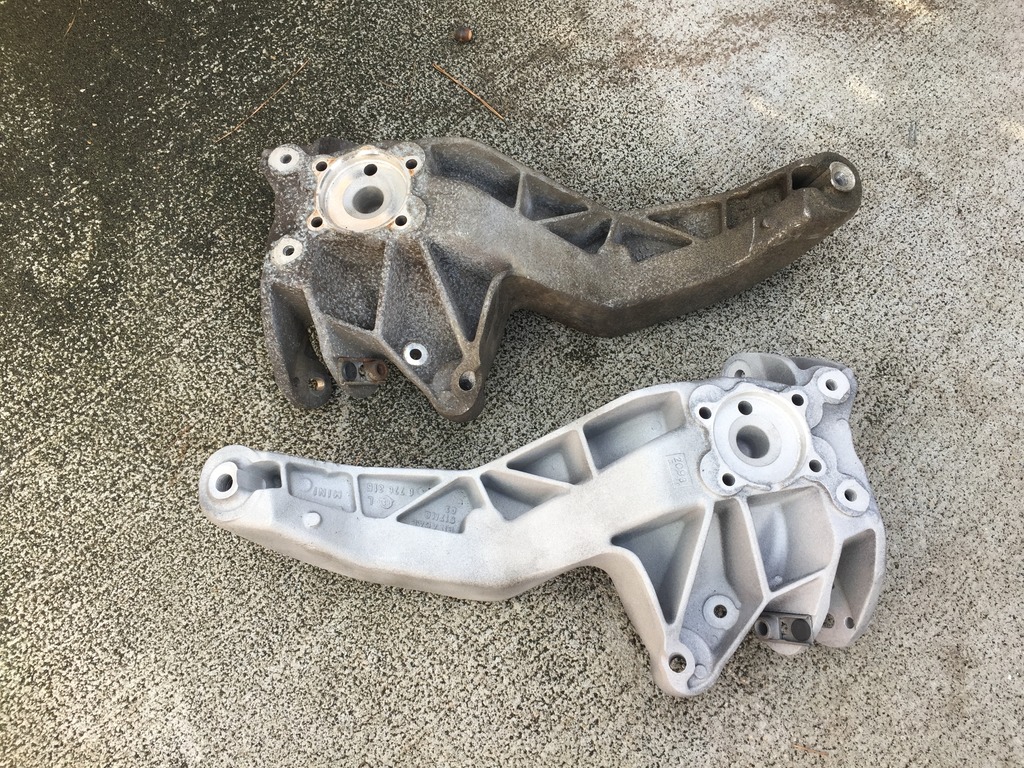
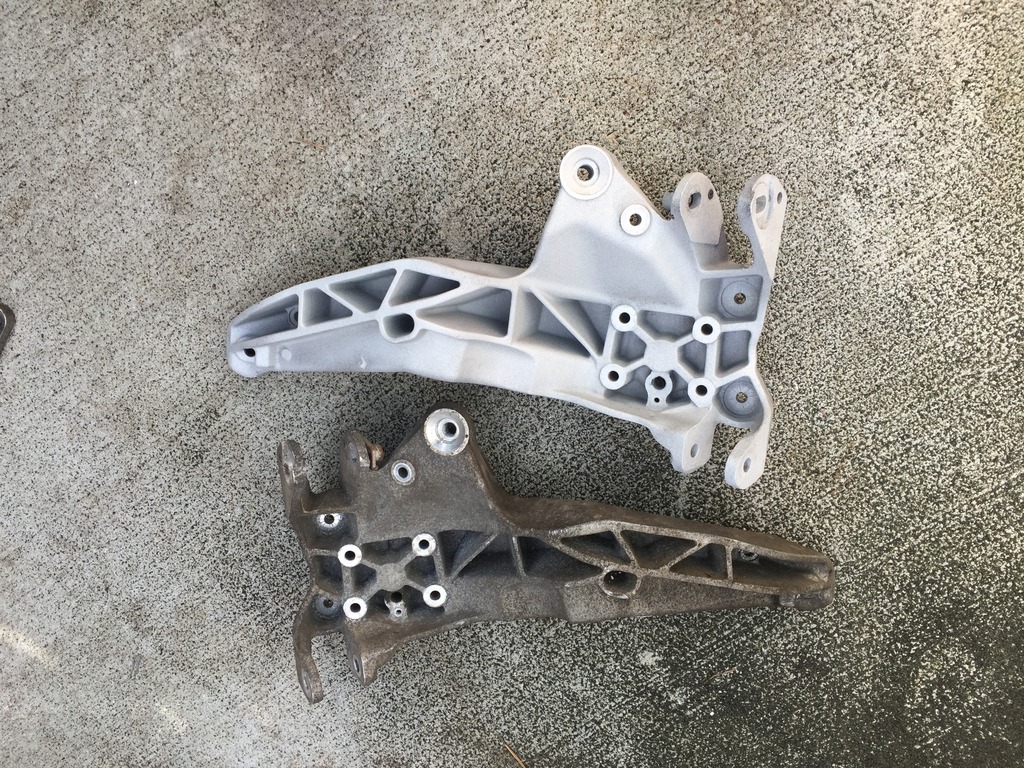
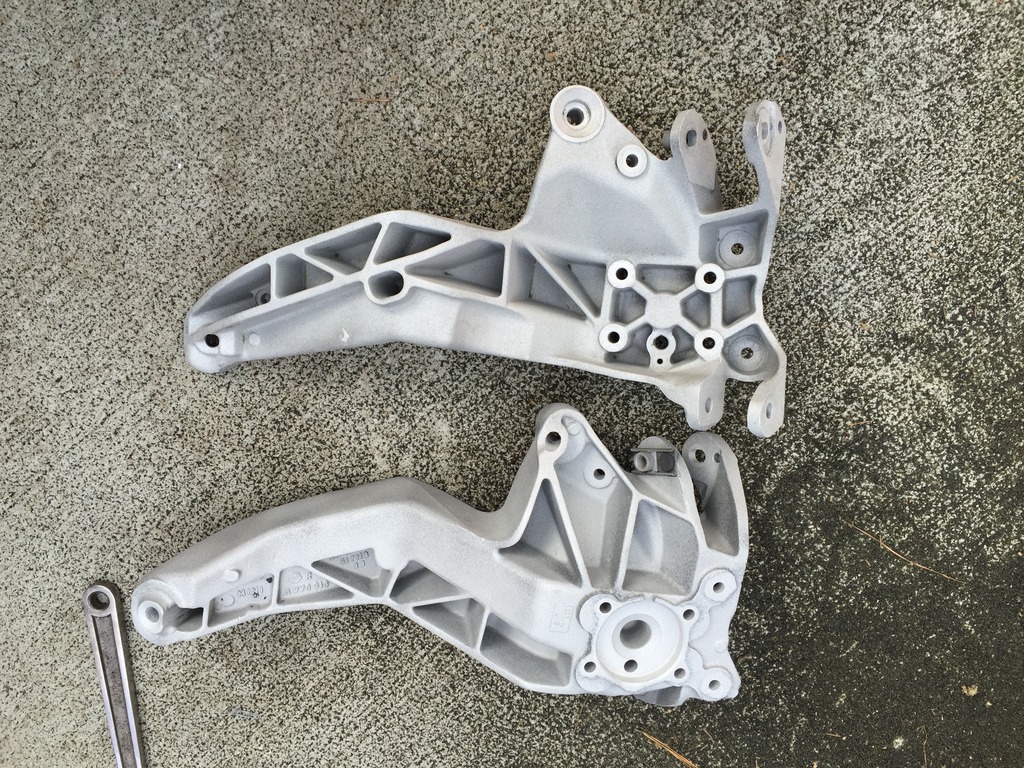
It’s amazing how nicely they cleaned up.
I don’t want them to get gross again, so I’m not going to leave them as bare aluminum. I had considered powder coating them, but don’t want to risk the heat weakening the already-weakened threads. So I decided to paint them instead. Picked a nice, neutral, “cast iron” color. Because there will be lots of other color elements in the rear suspension, the arms don’t need to be flashy.
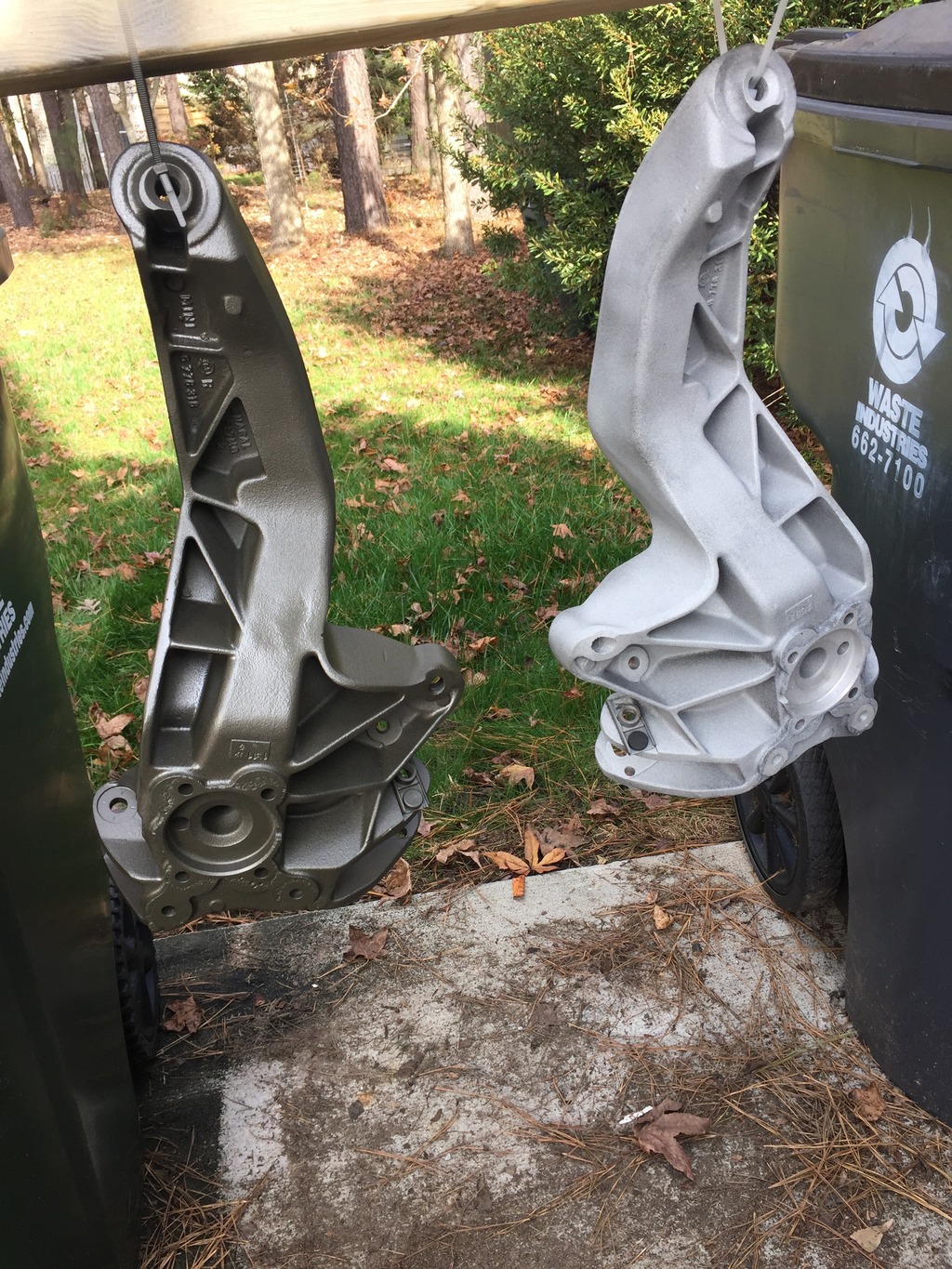
Five coats (two cans) of Duplicolor “Ceramic” engine enamel. This stuff is really nice, dries fast and makes a smooth, hard finish that should clean up easily and should be pretty durable.
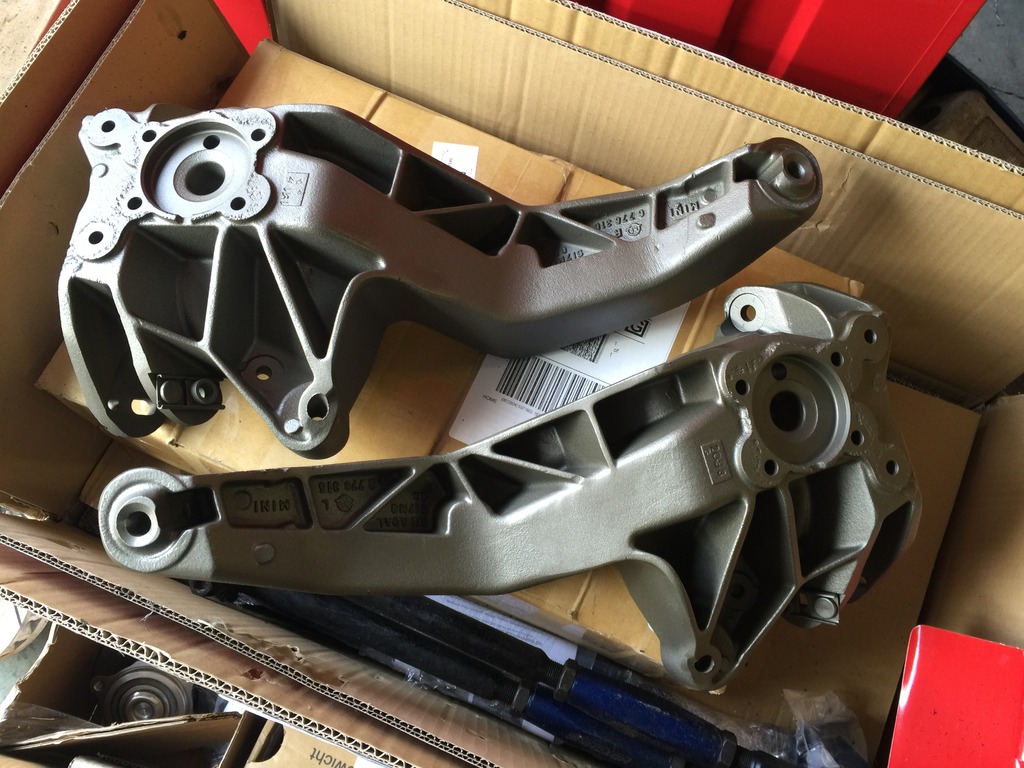
They actually turned out better than I imagined.
I also degreased the rear subframe from Blimey (which is much less rusty than the one on the new shell), scraped and scuffed a few small rust patches, and sprayed them with rust converter. Tomorrow I’ll cover them with chassis paint.
Also scraped, scuffed, and converted rust on the shell’s front subframe, and on the underside of the shell where the cage A-pillar plates were welded in. Tomorrow I’ll spot-paint the subframe, and will apply rust encapsulating undercoat where needed.
I sorted out all my suspension stuff, to get ready for the build tomorrow.
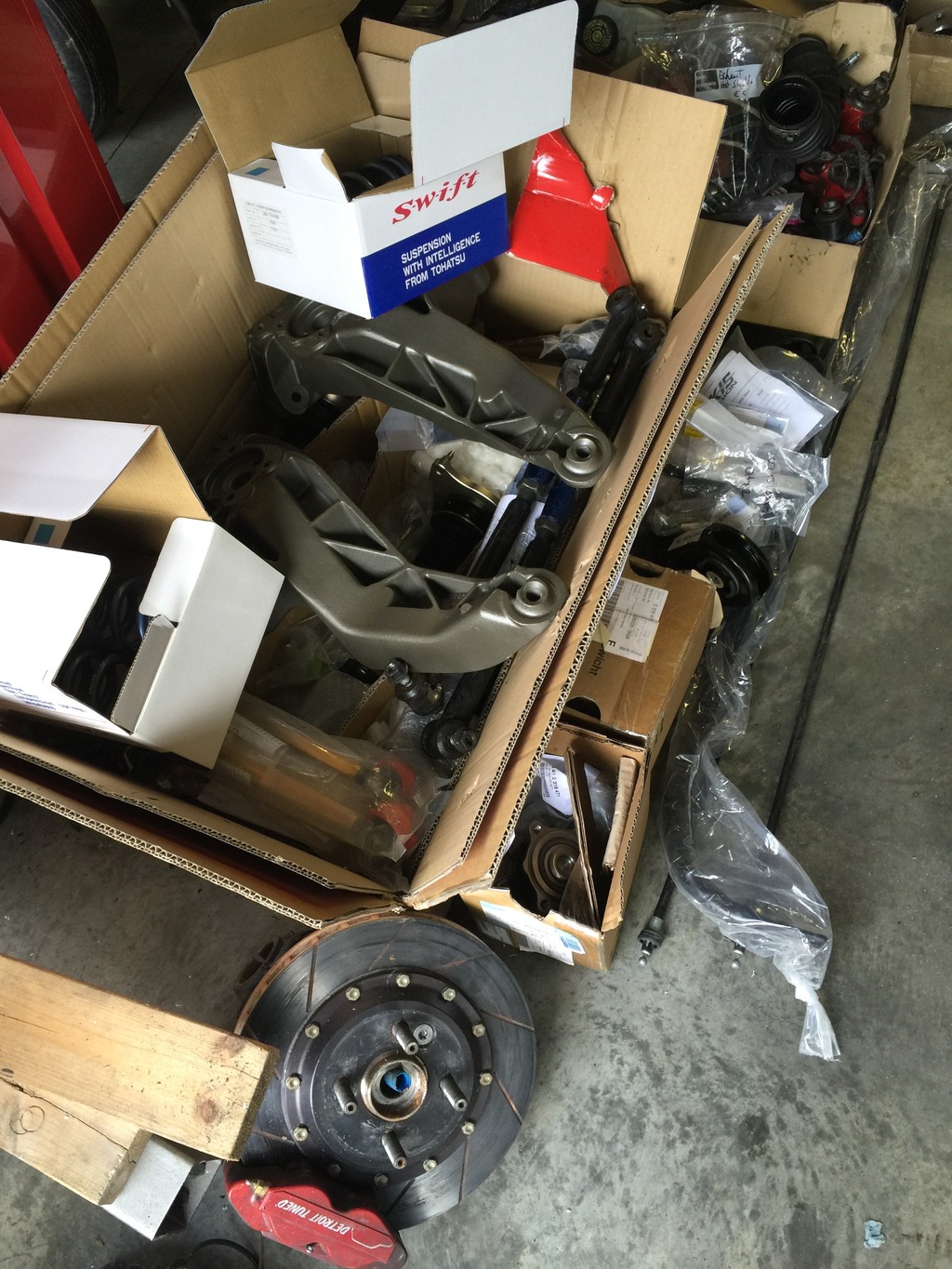
I also assembled my coilovers… pics of those tomorrow!
And, this came…
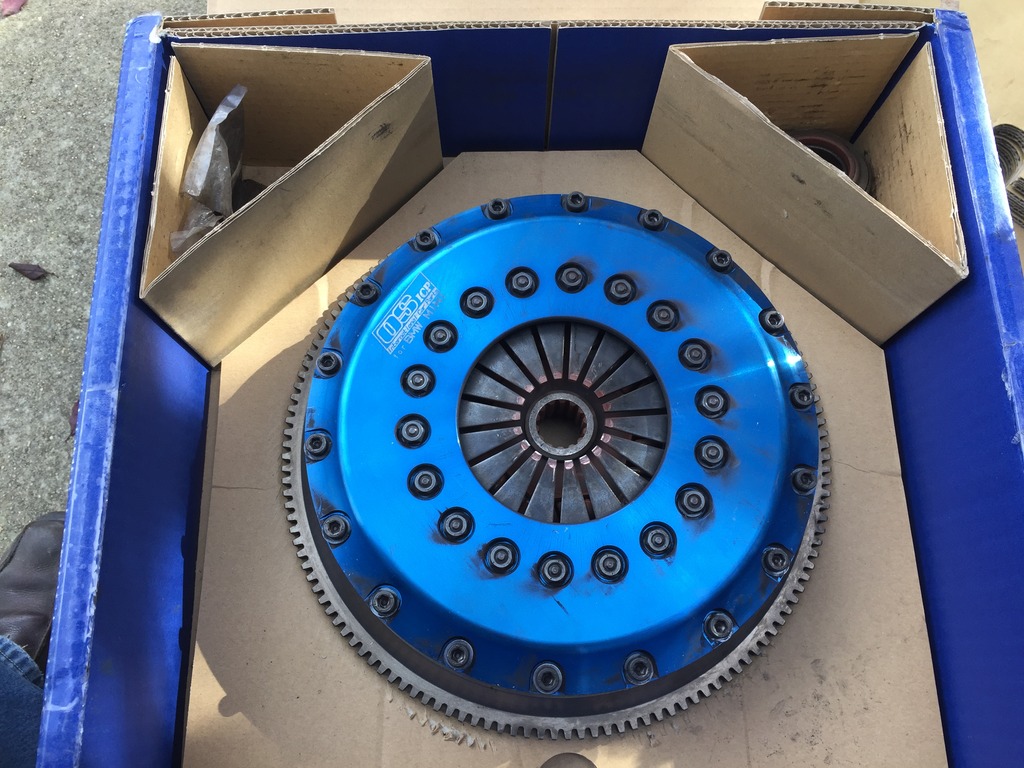
Very slightly used OS Giken STR clutch. From Ben Chaltraw’s RMW Turbo Monster. He put this on to break in his new motor, then decided to go full retard on the turbo kit and upgraded to a dual disk OSG clutch to carry much more torque. This is almost new, but I still had Colin get the friction surfaces cut so it will be like-new when I install.
So I’ll have a slightly used Cluchtmasters FX200 for sale soon. 
